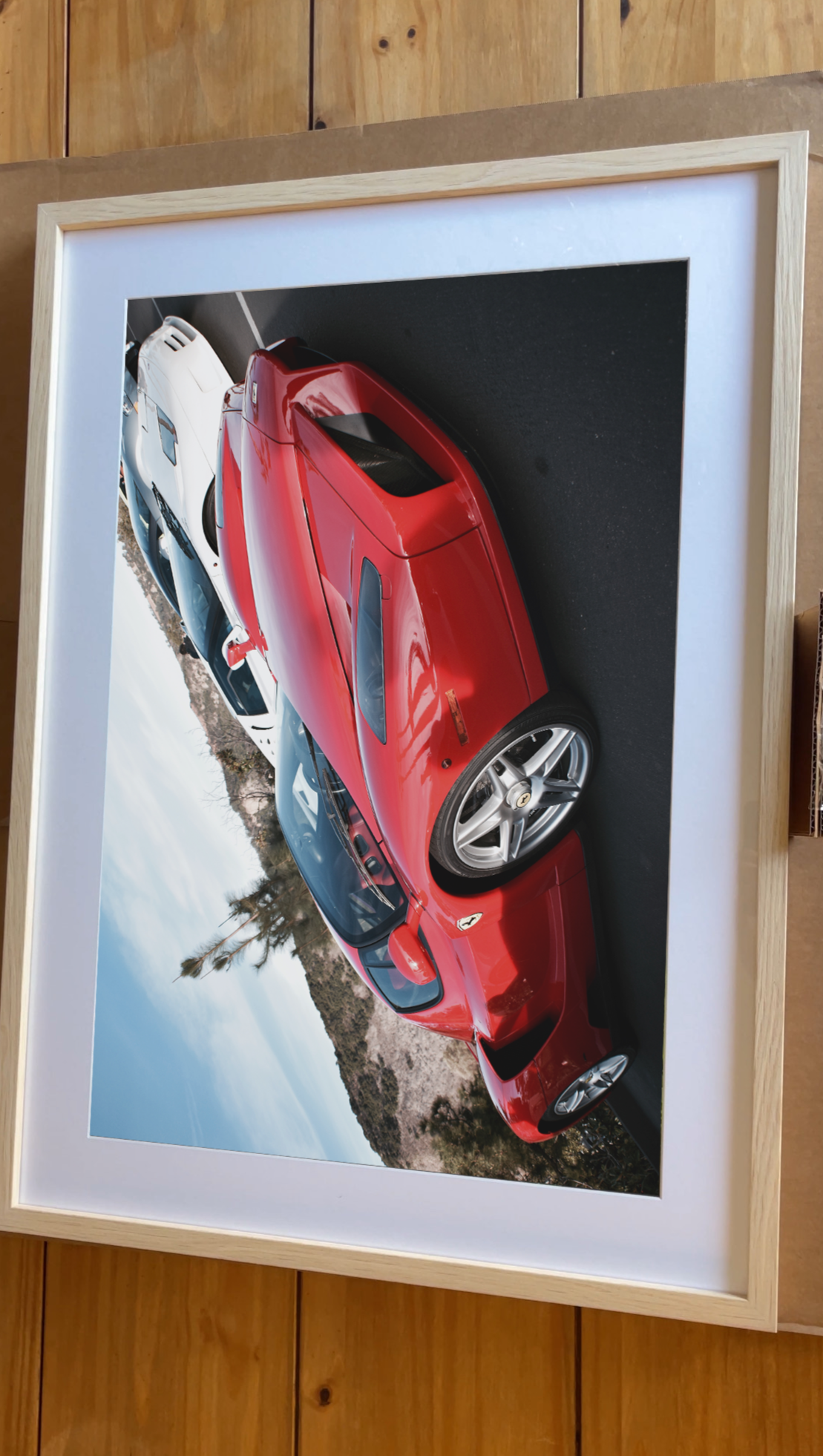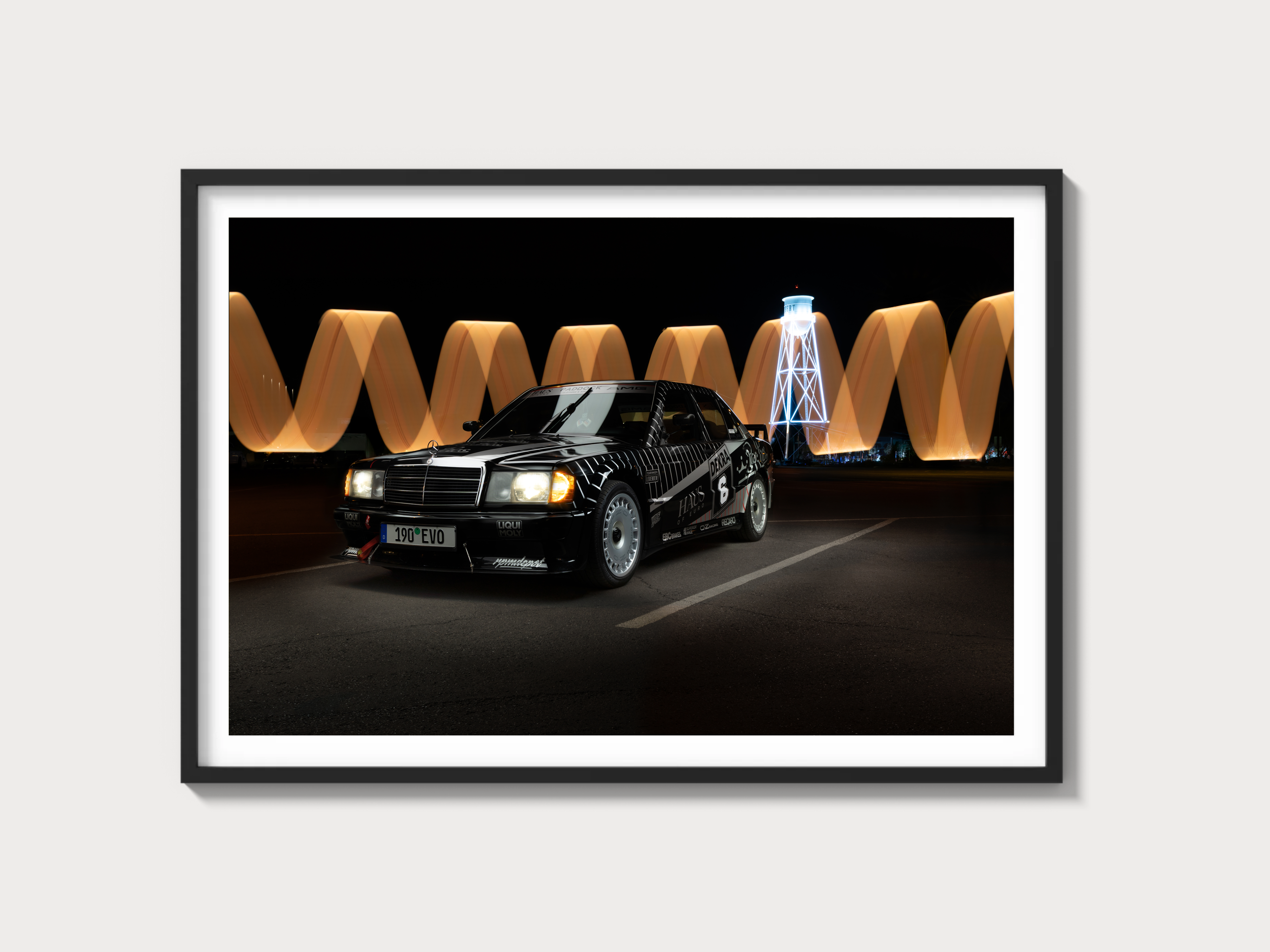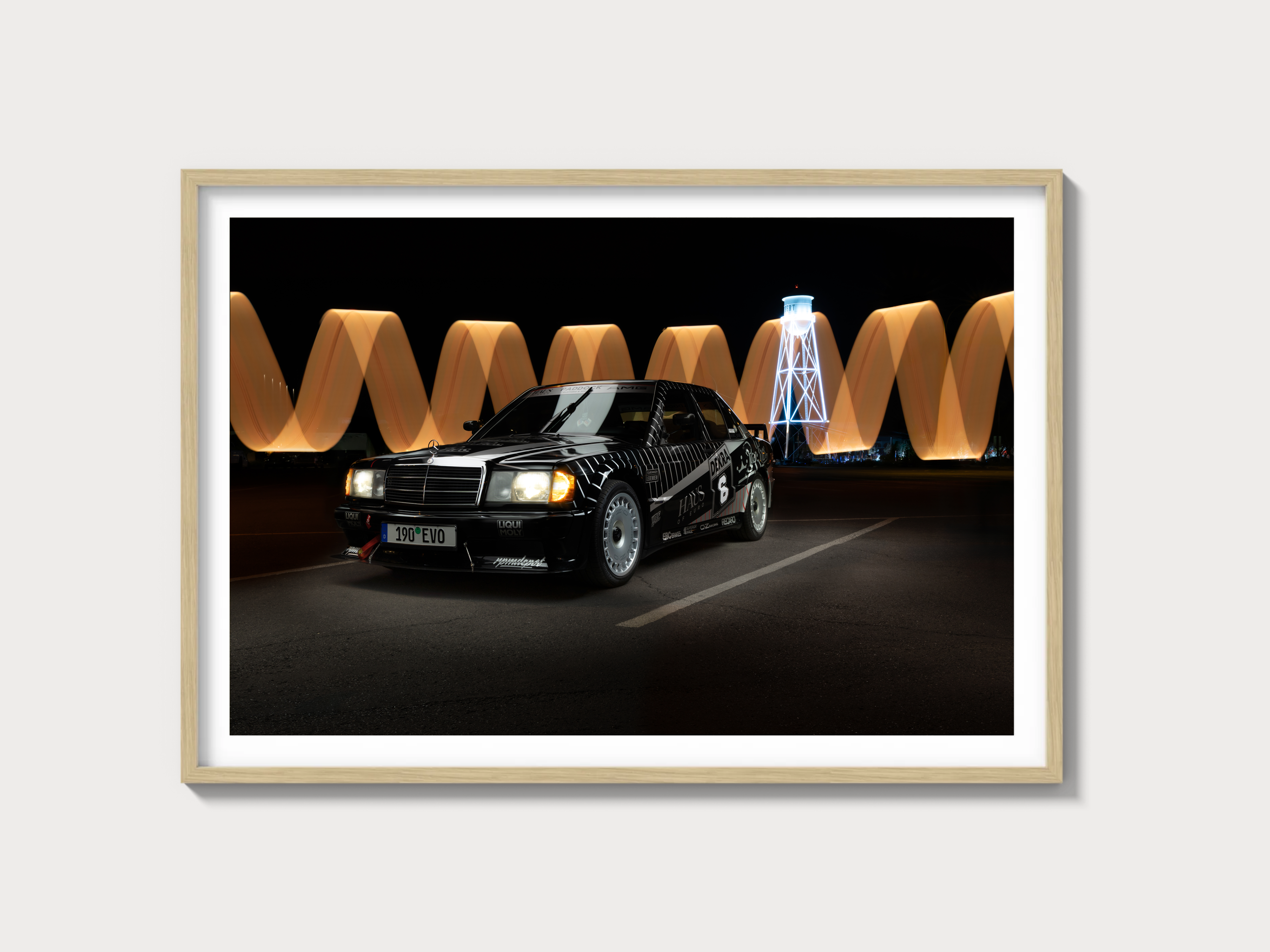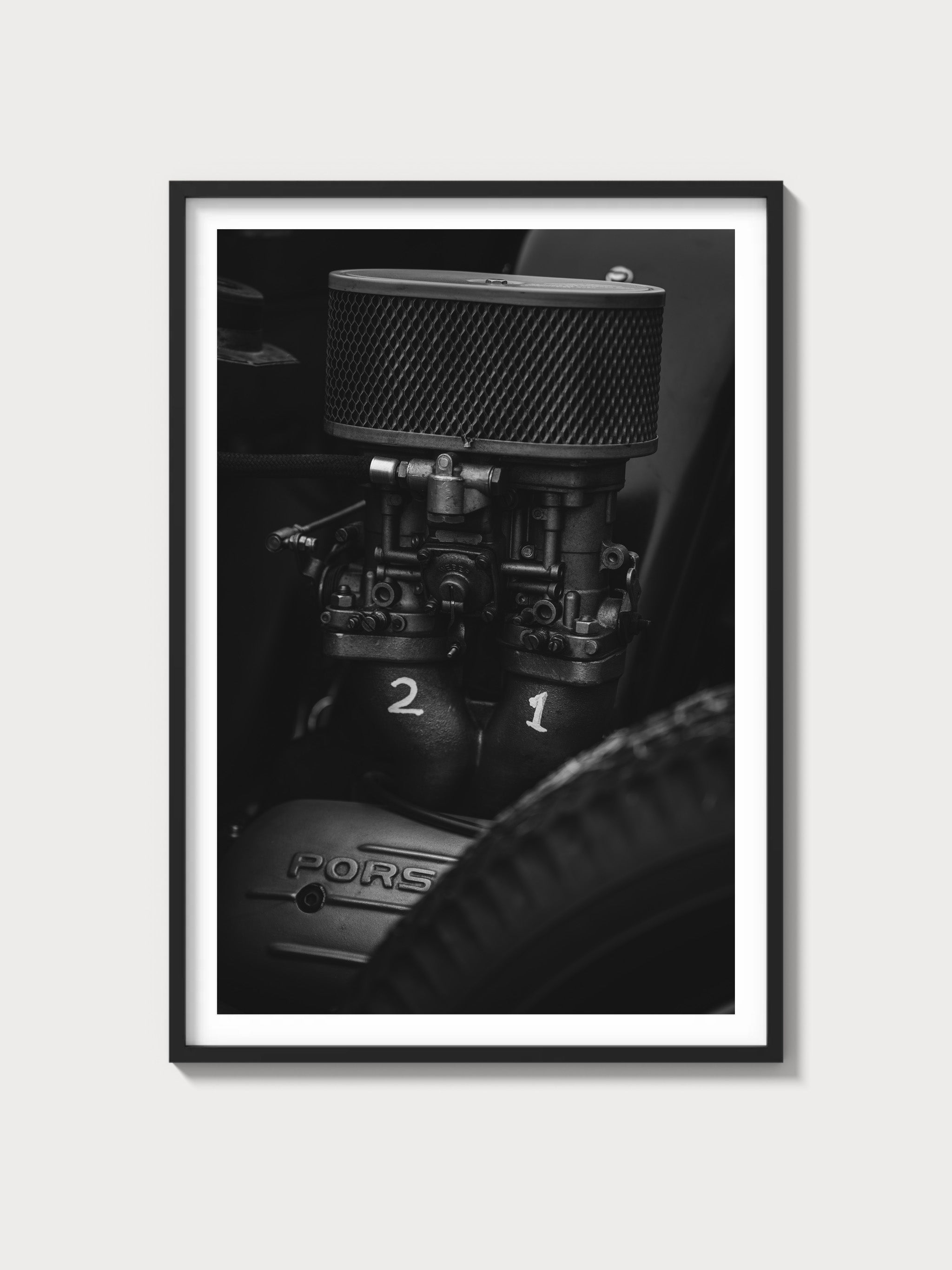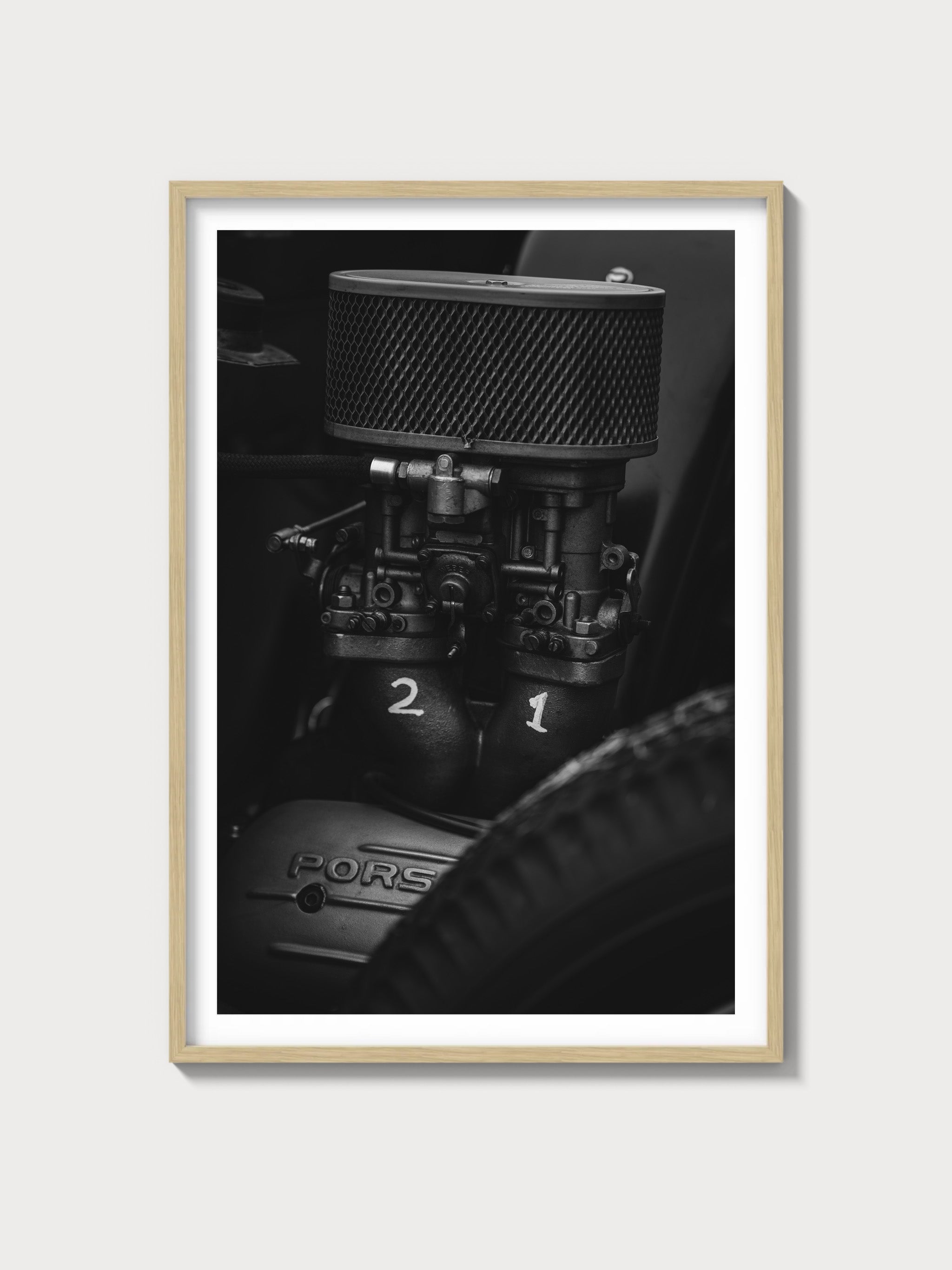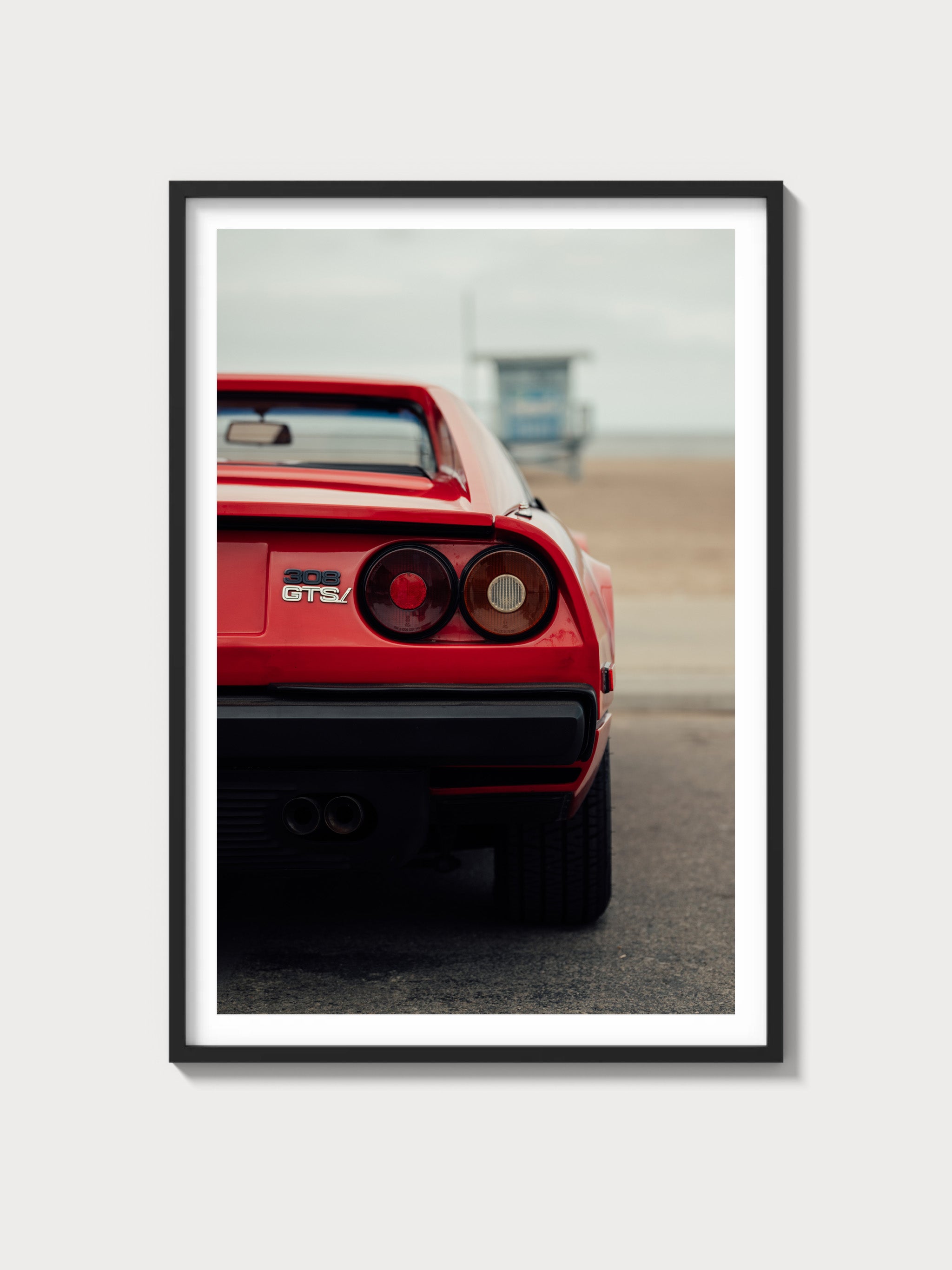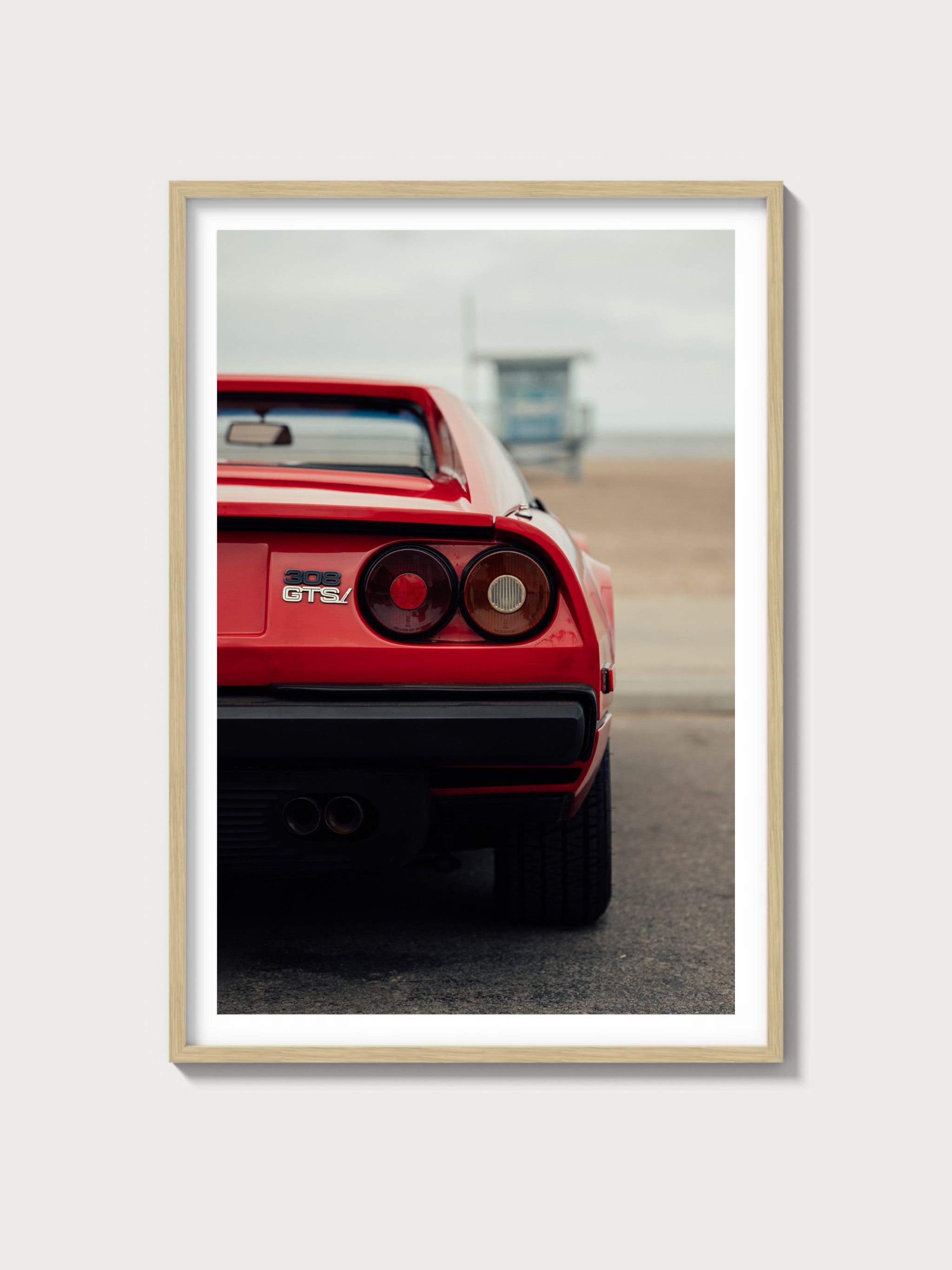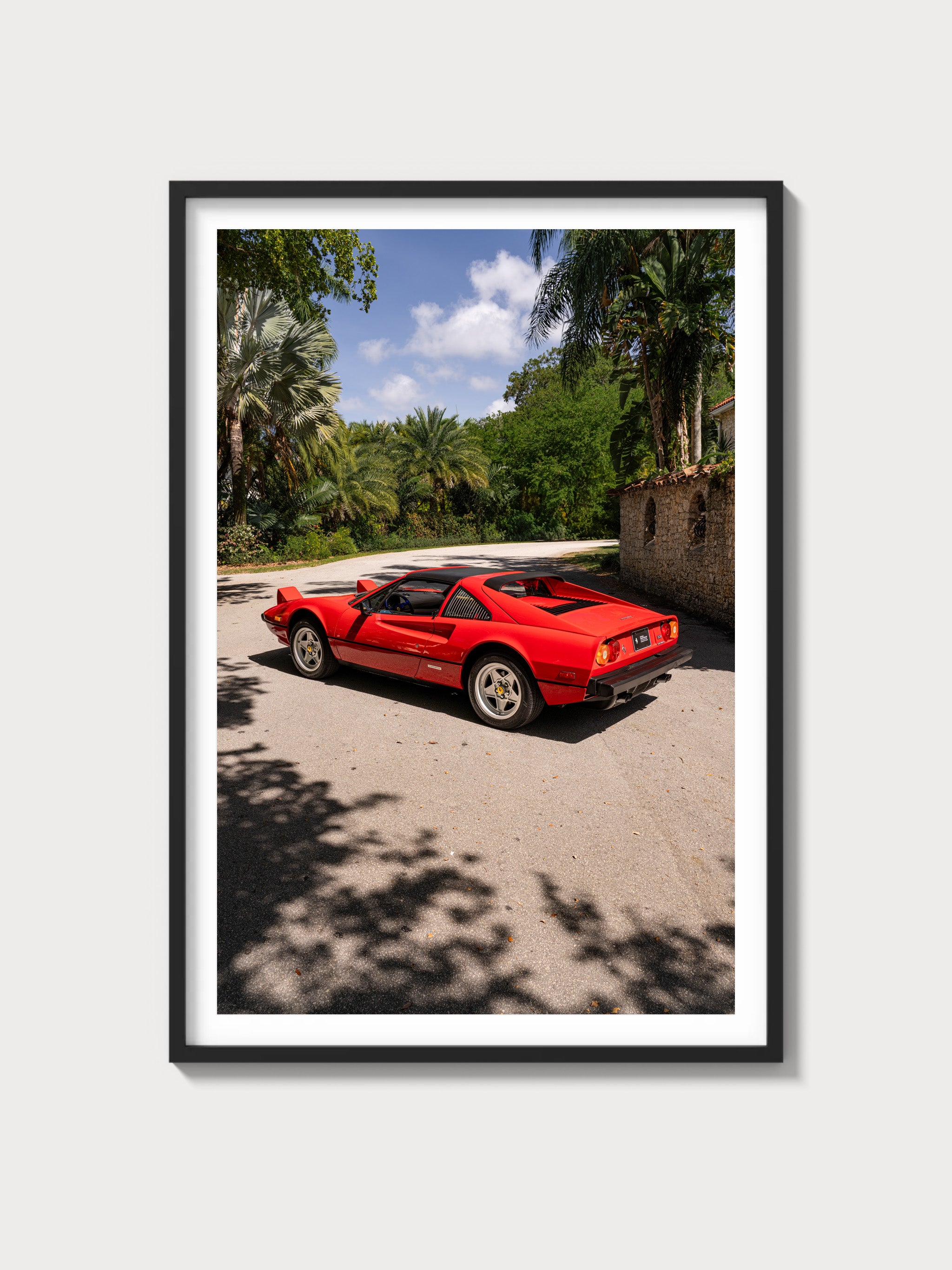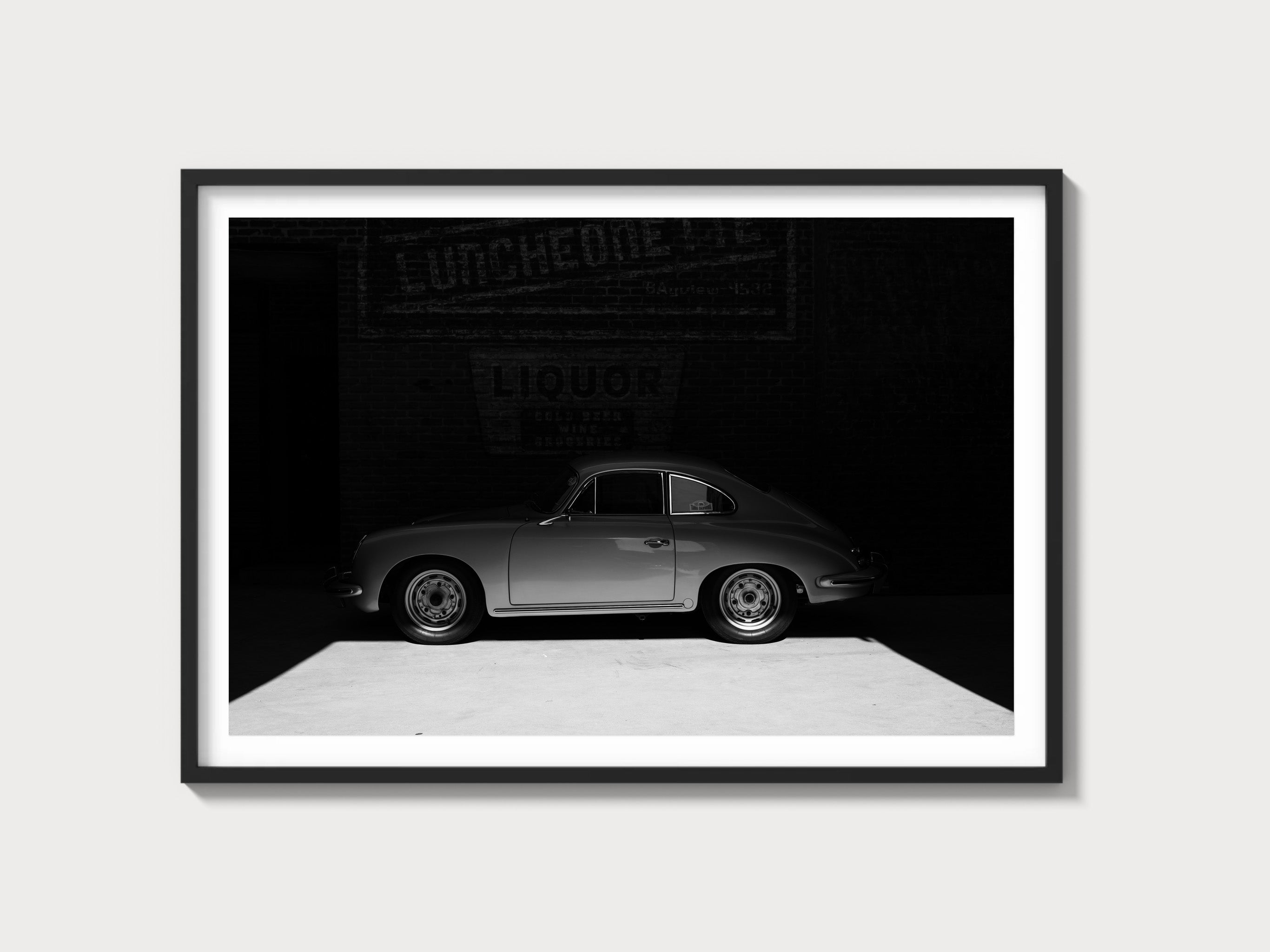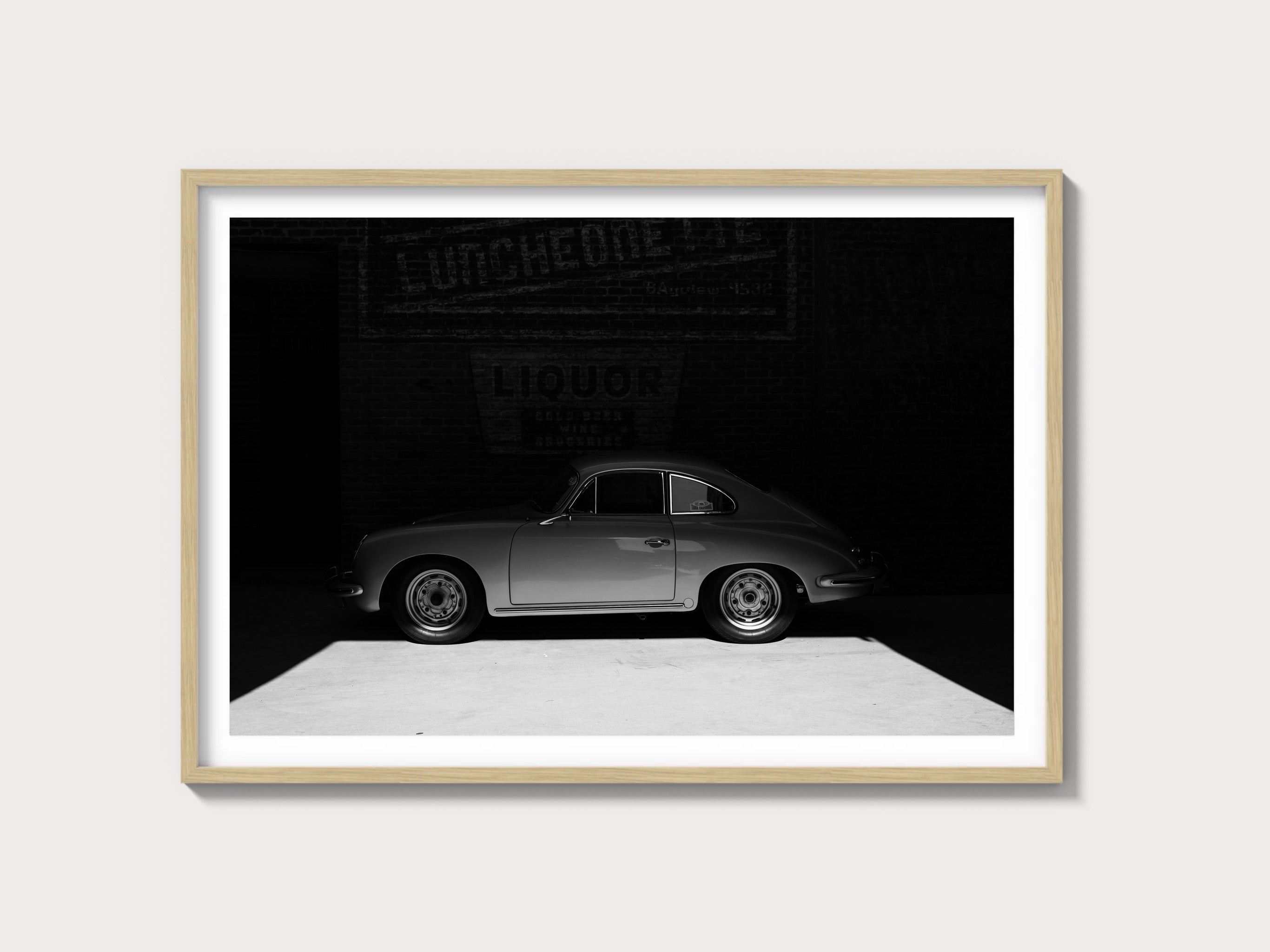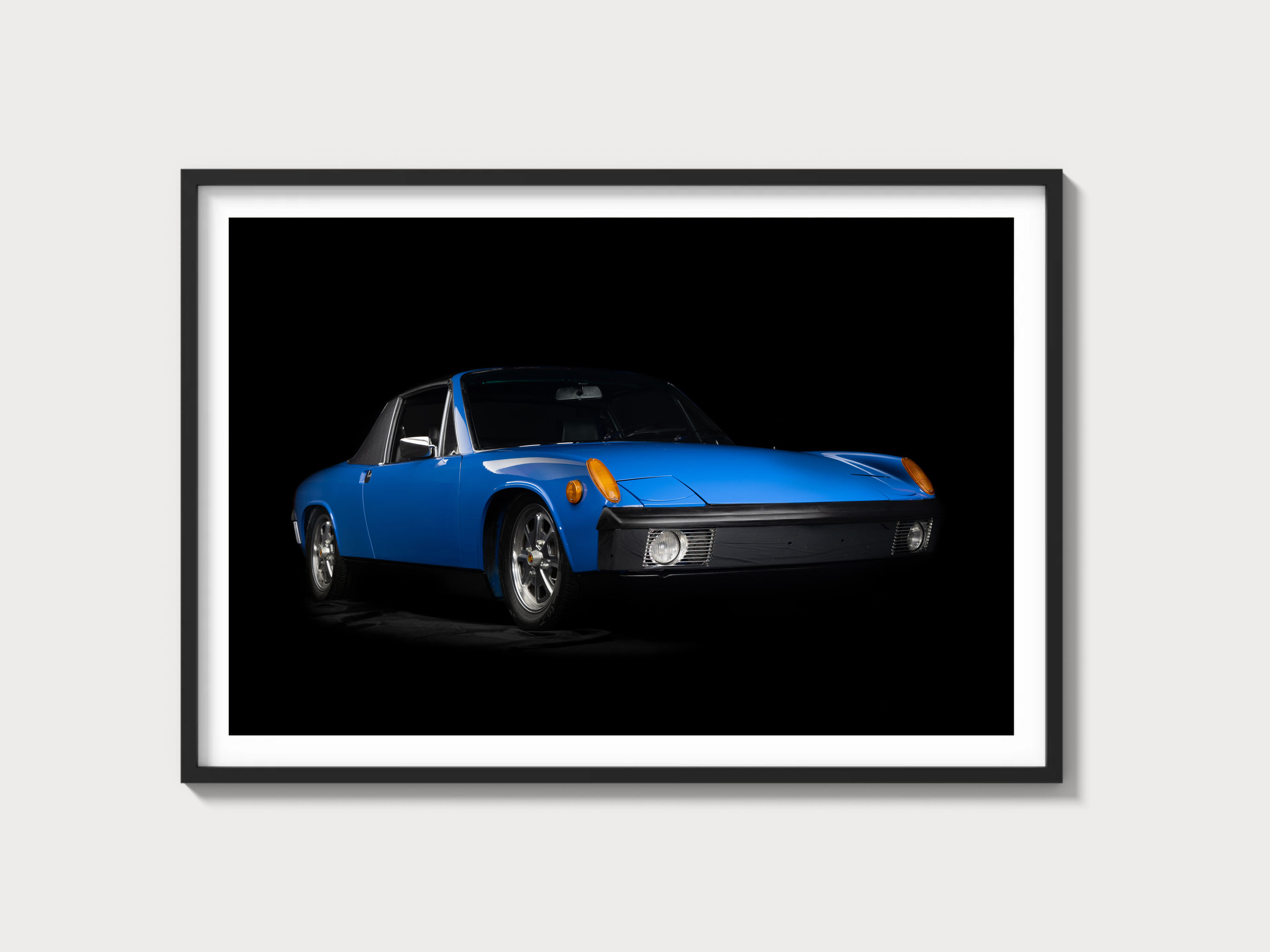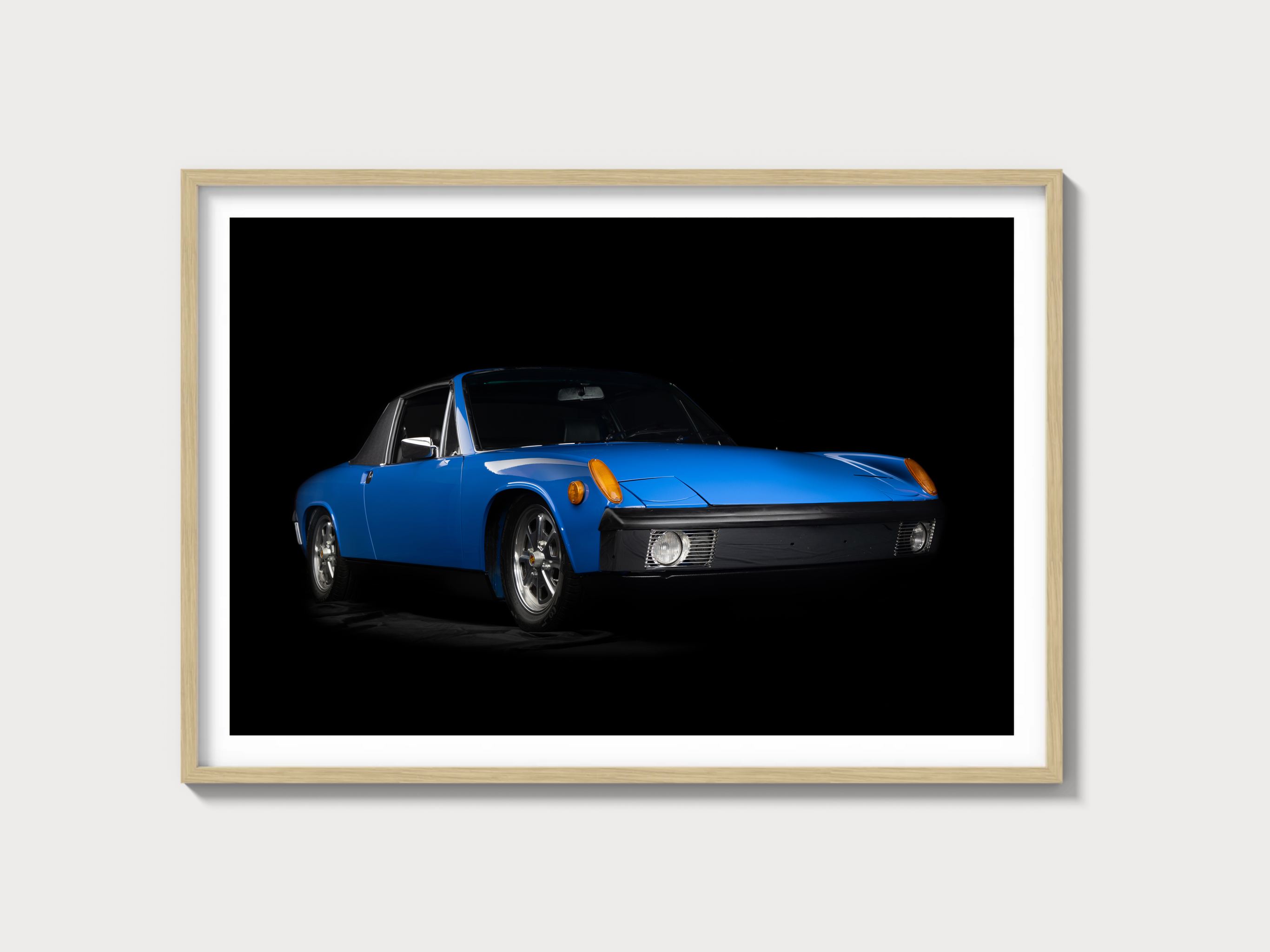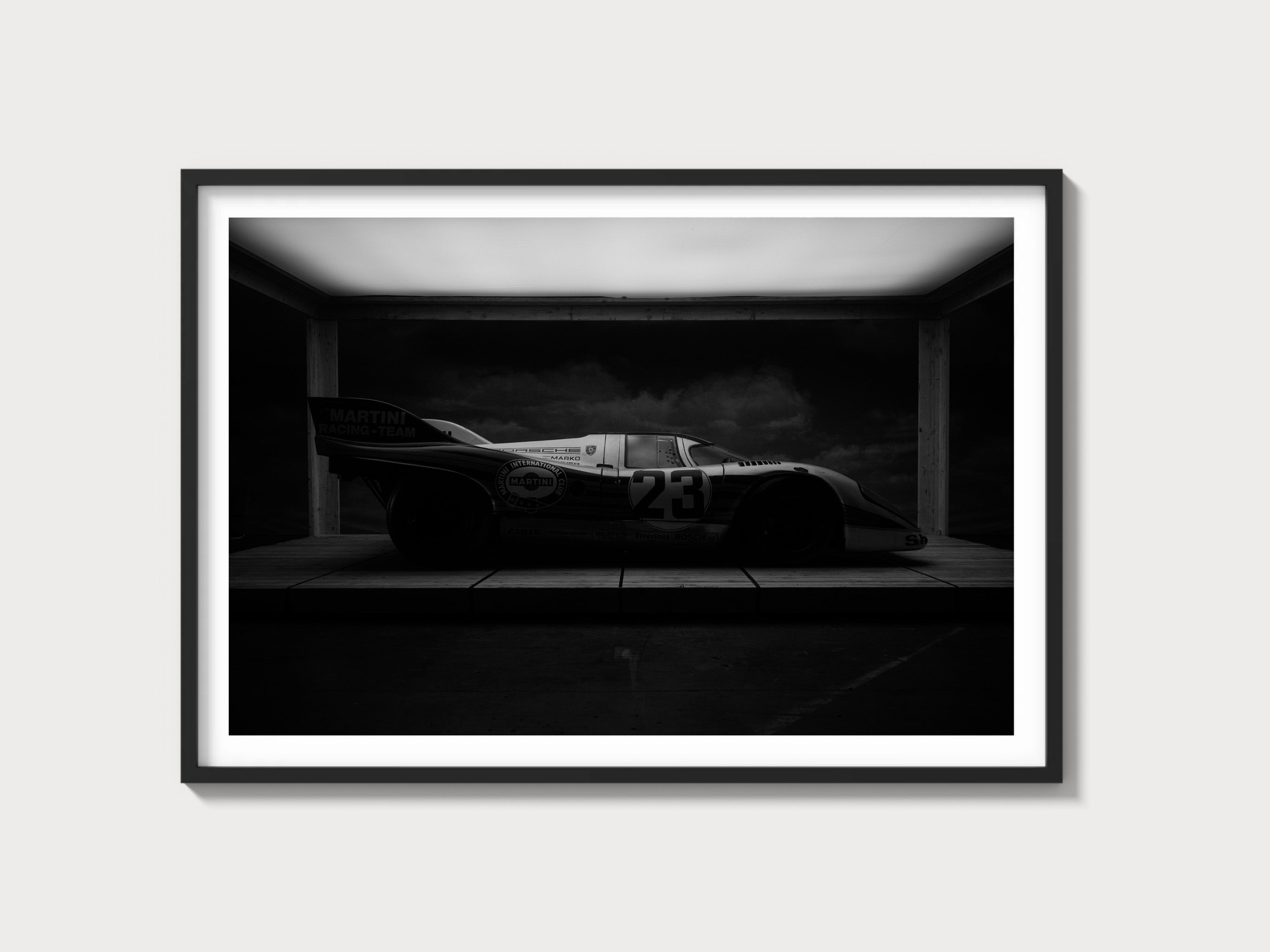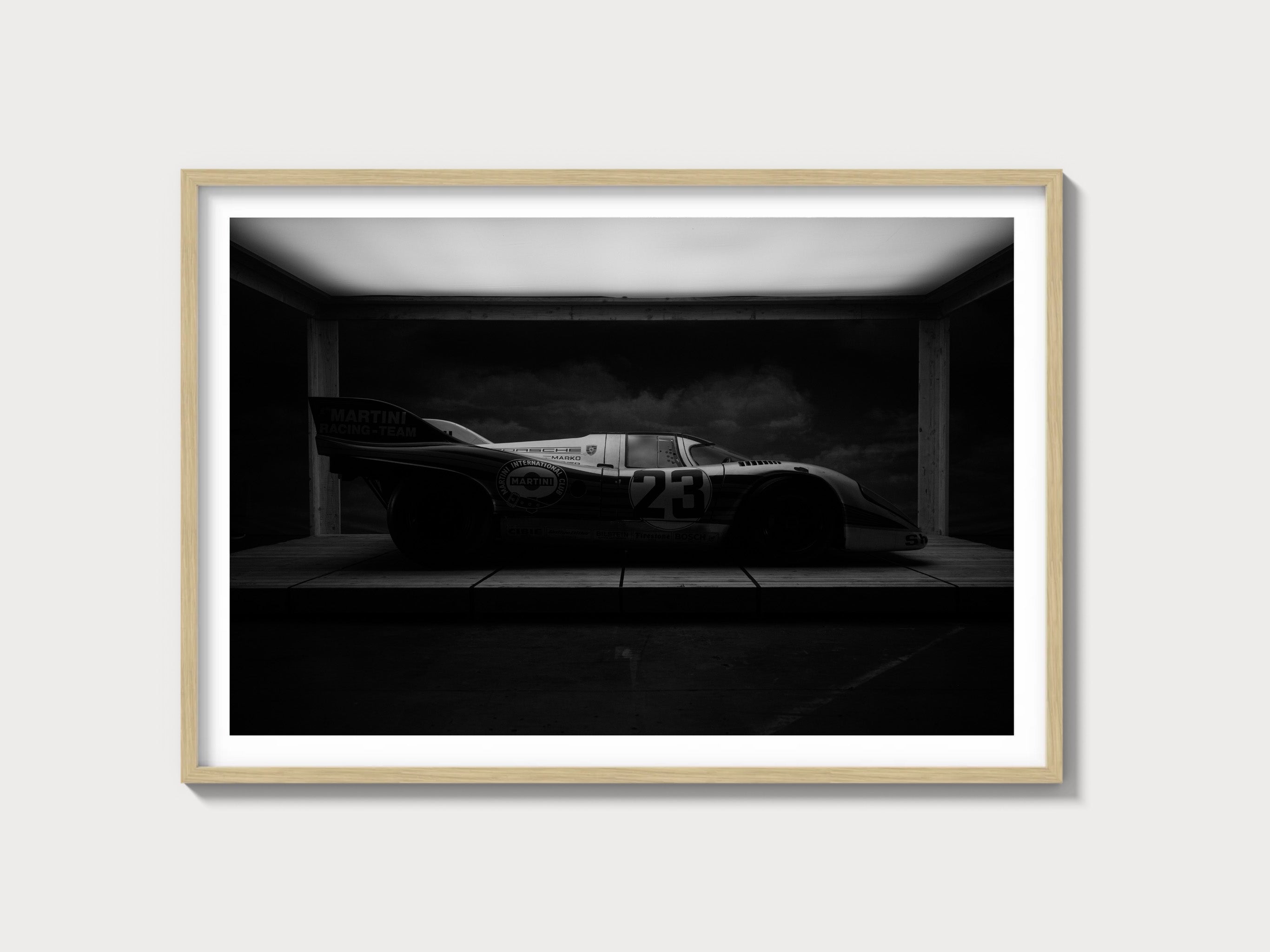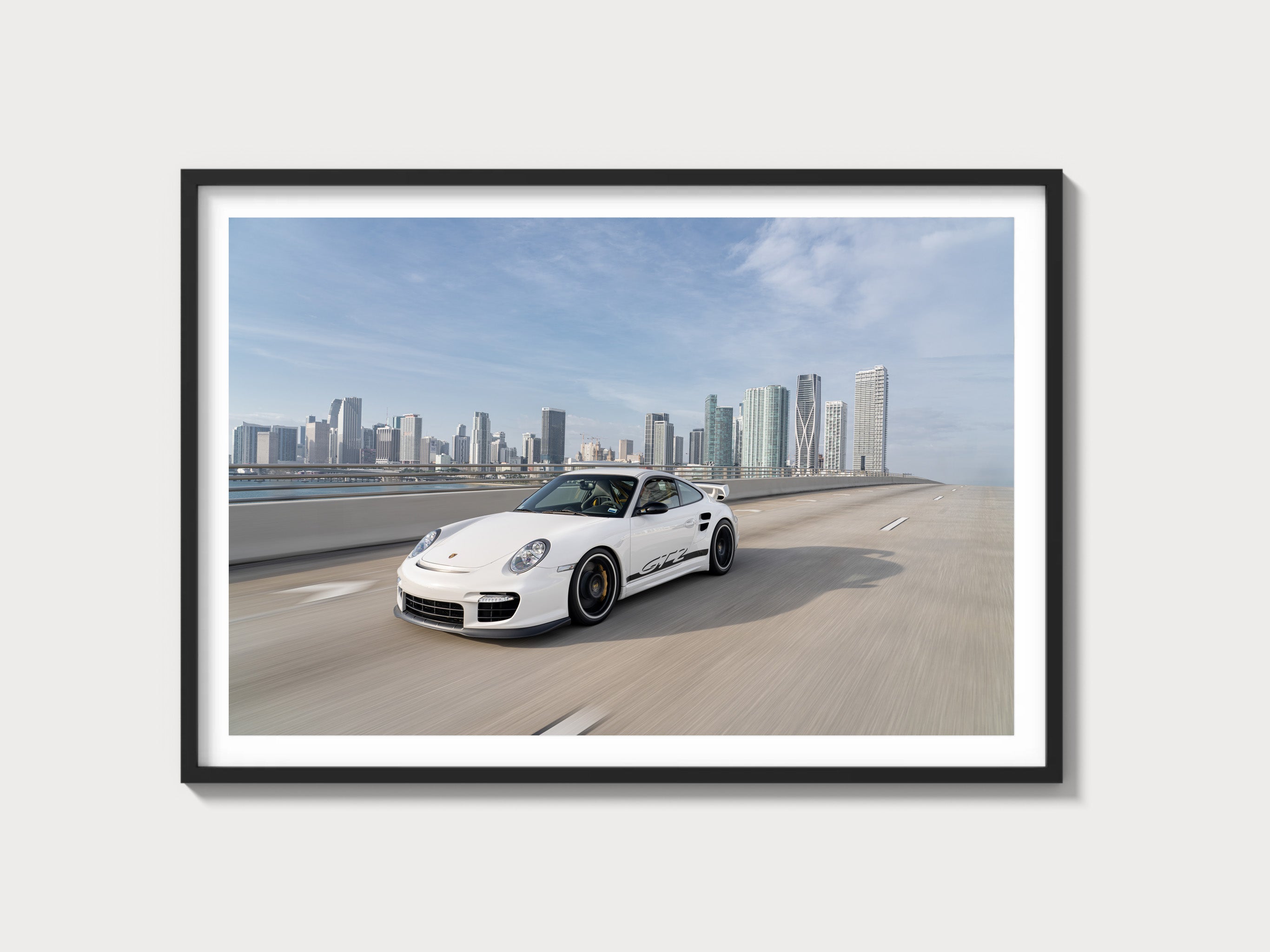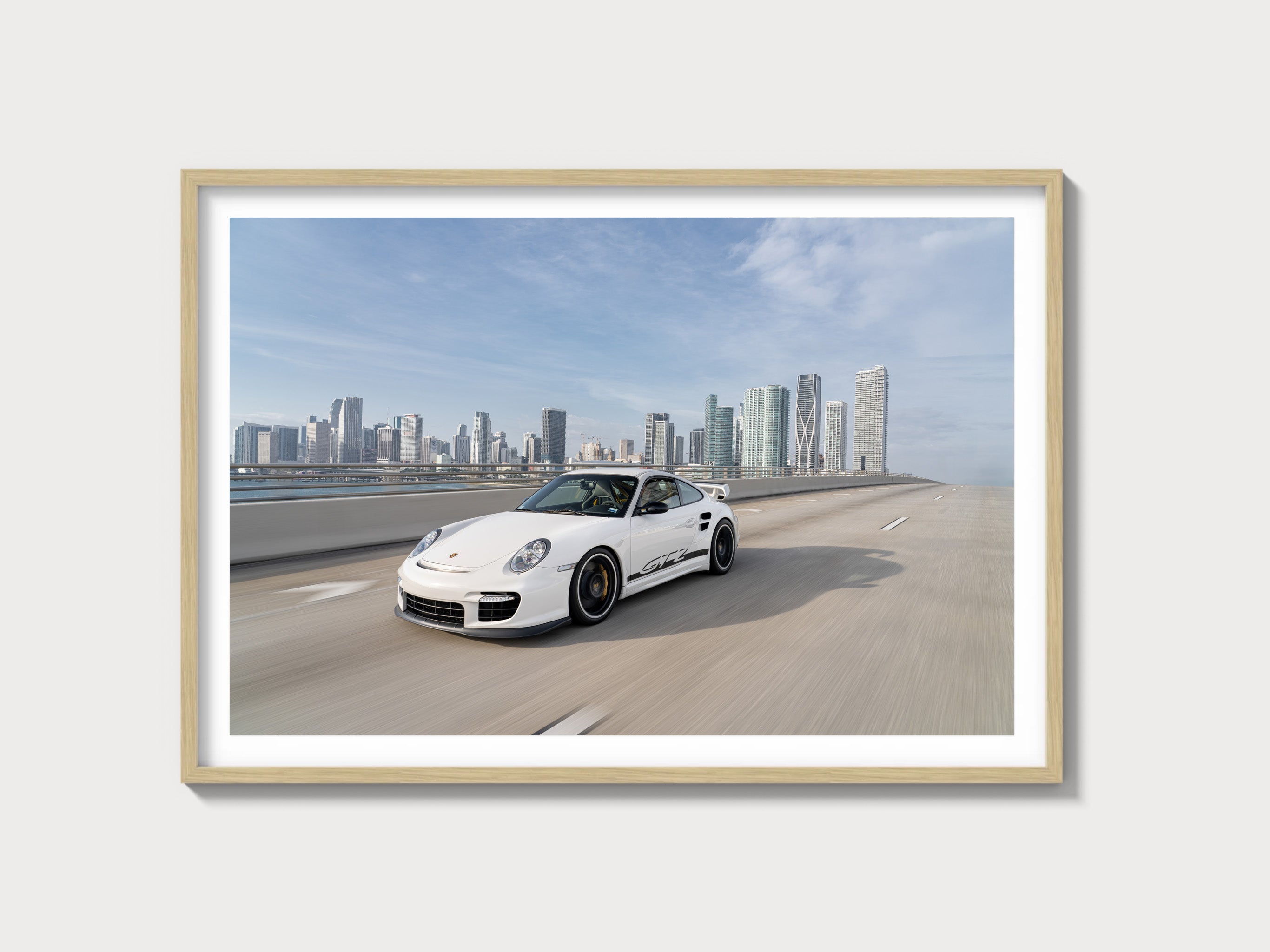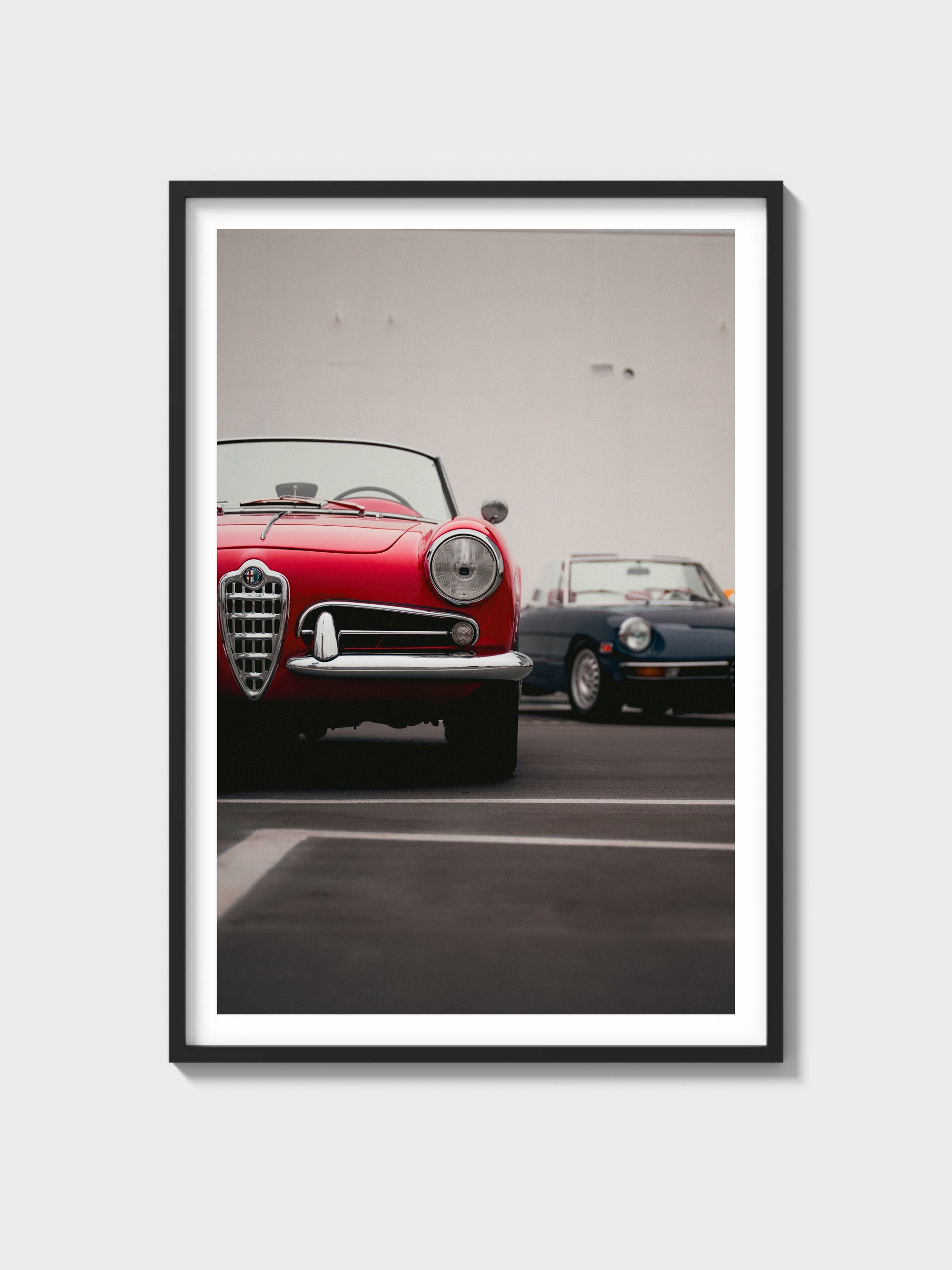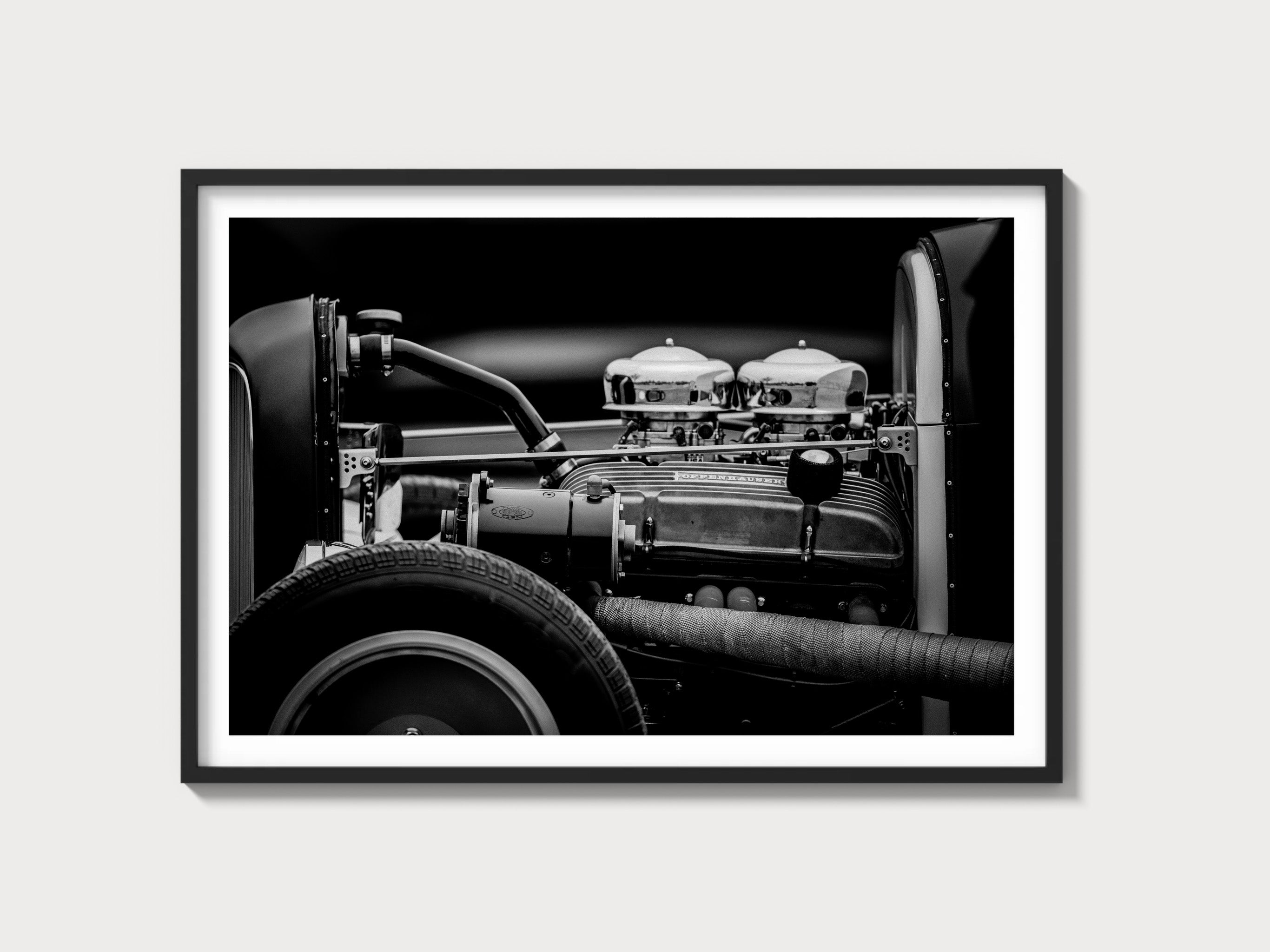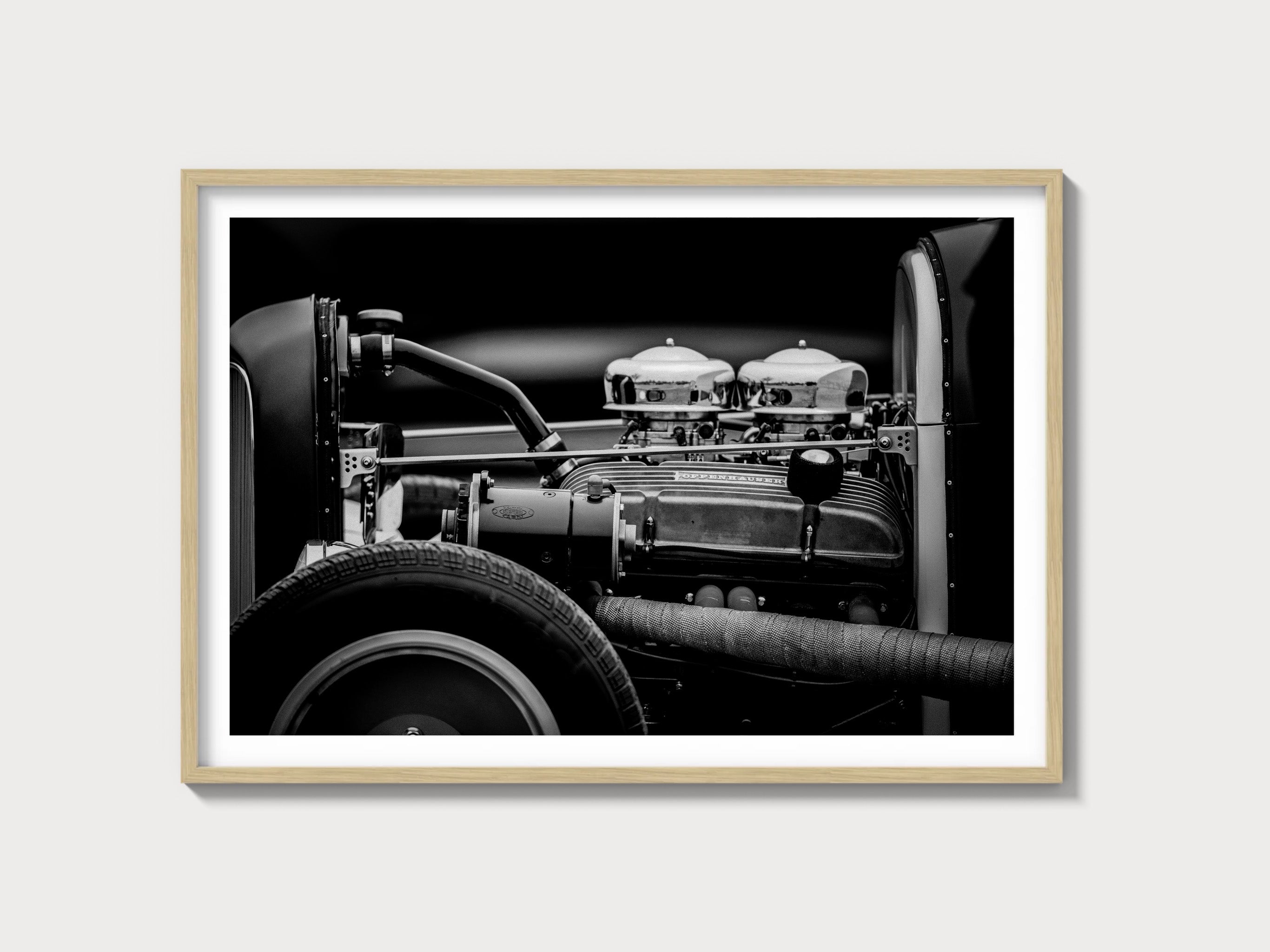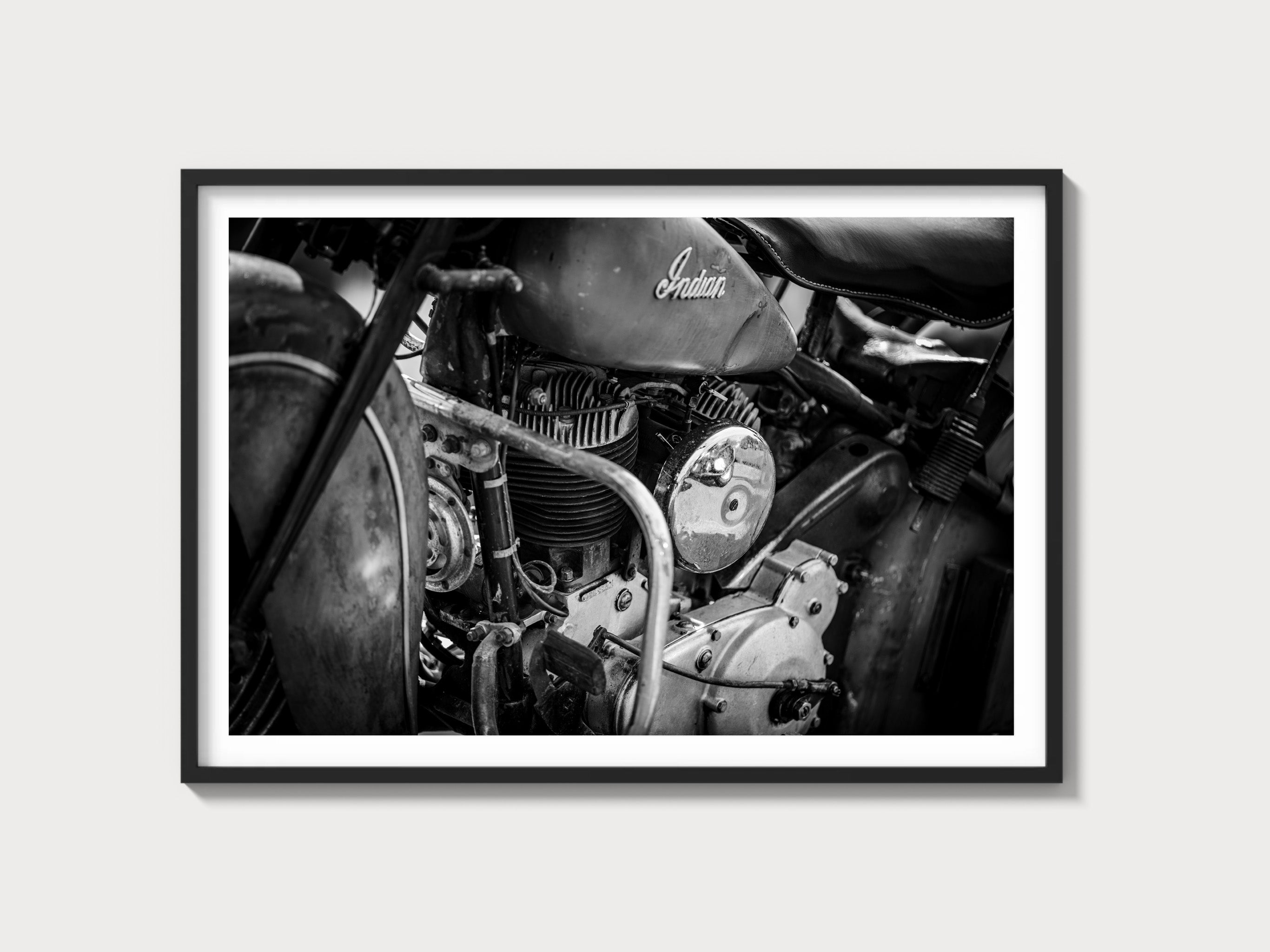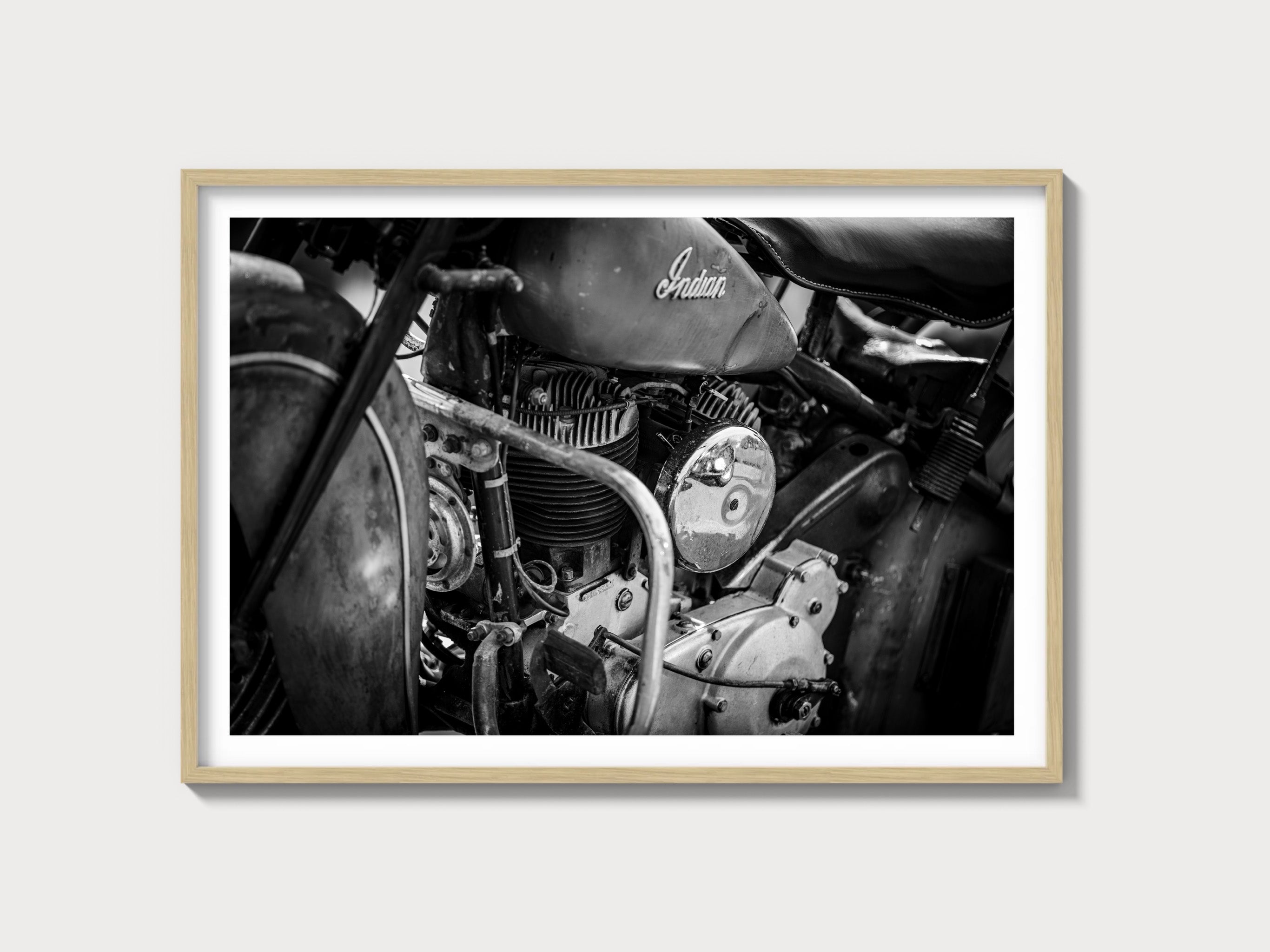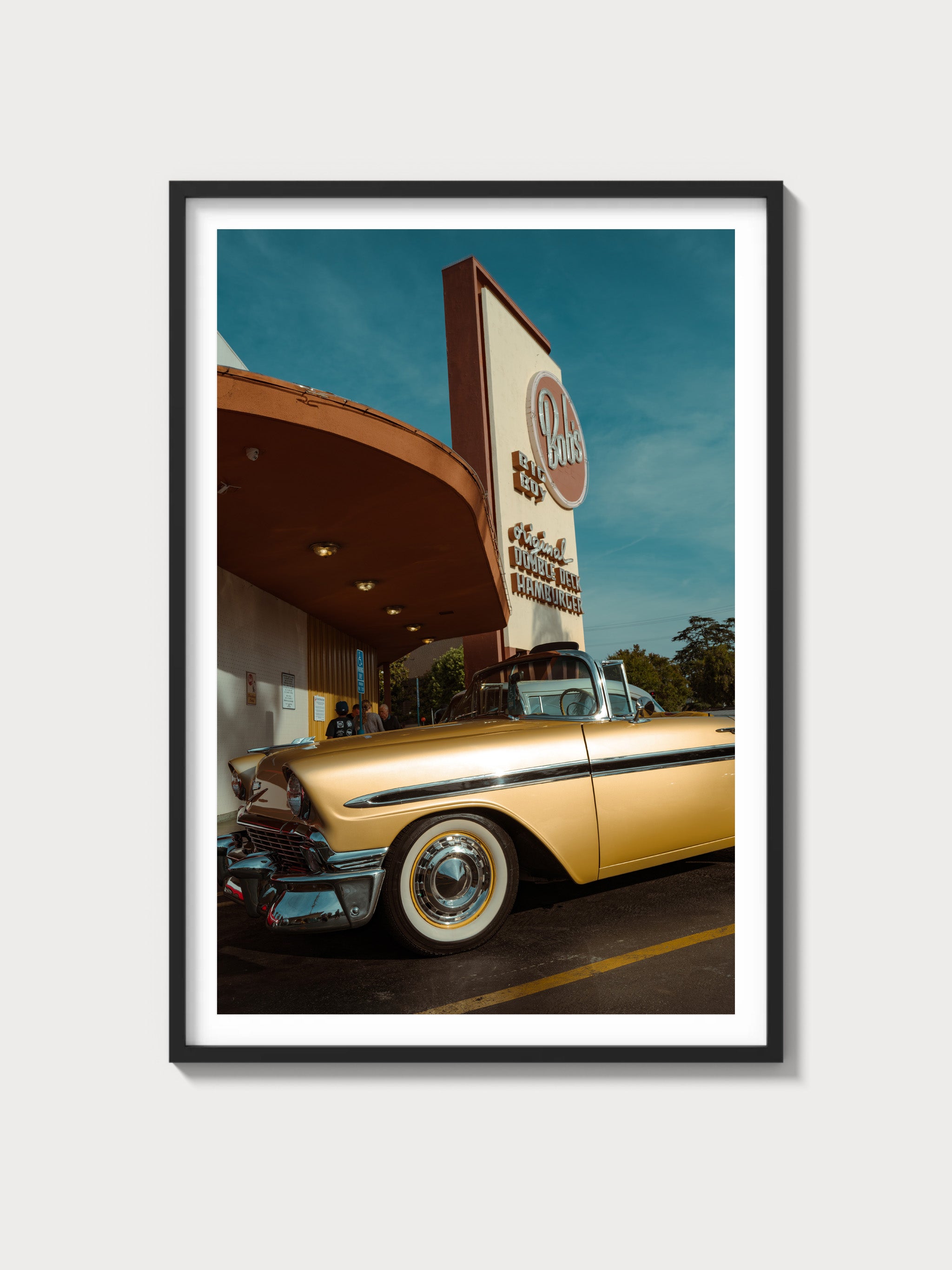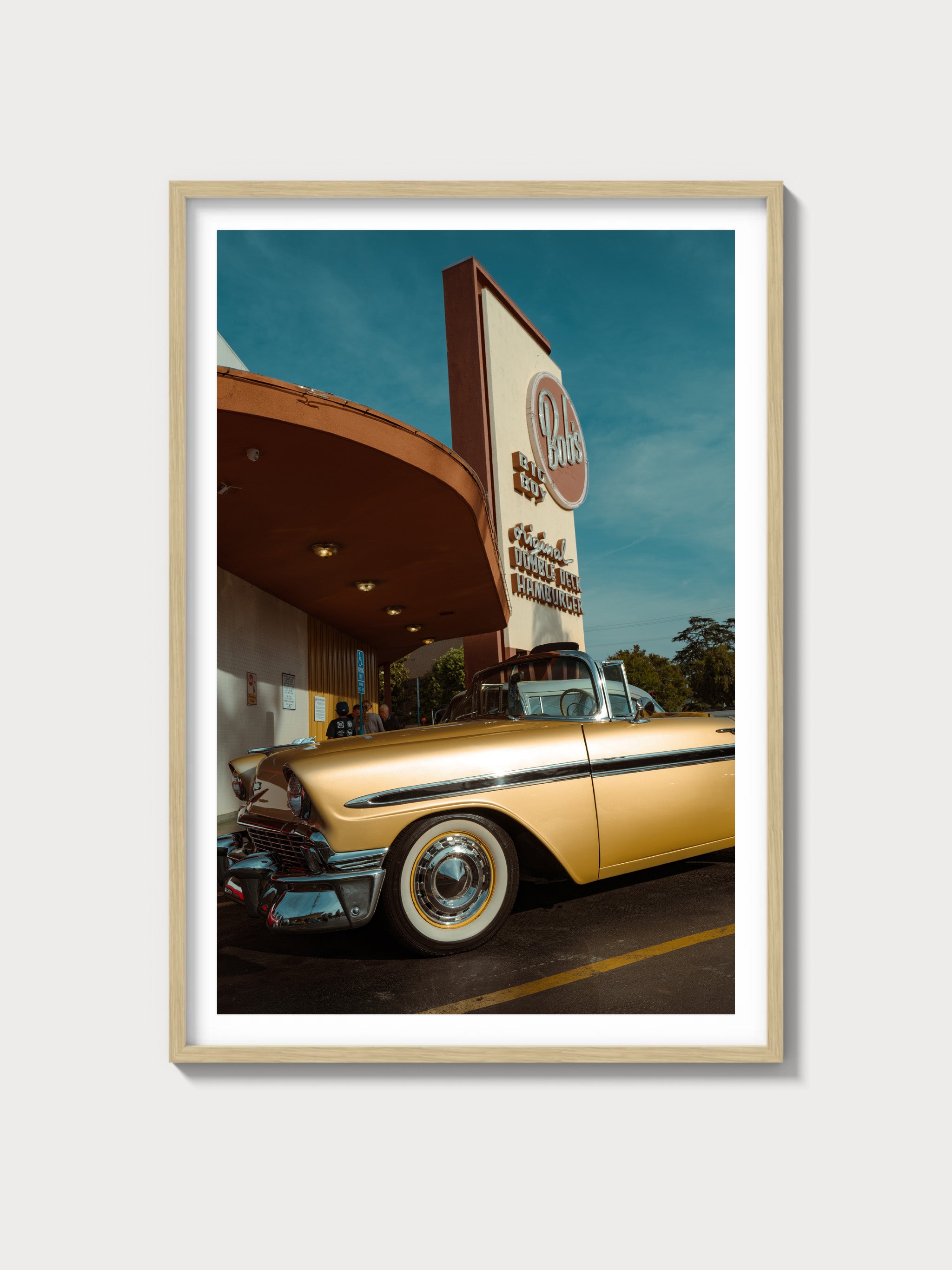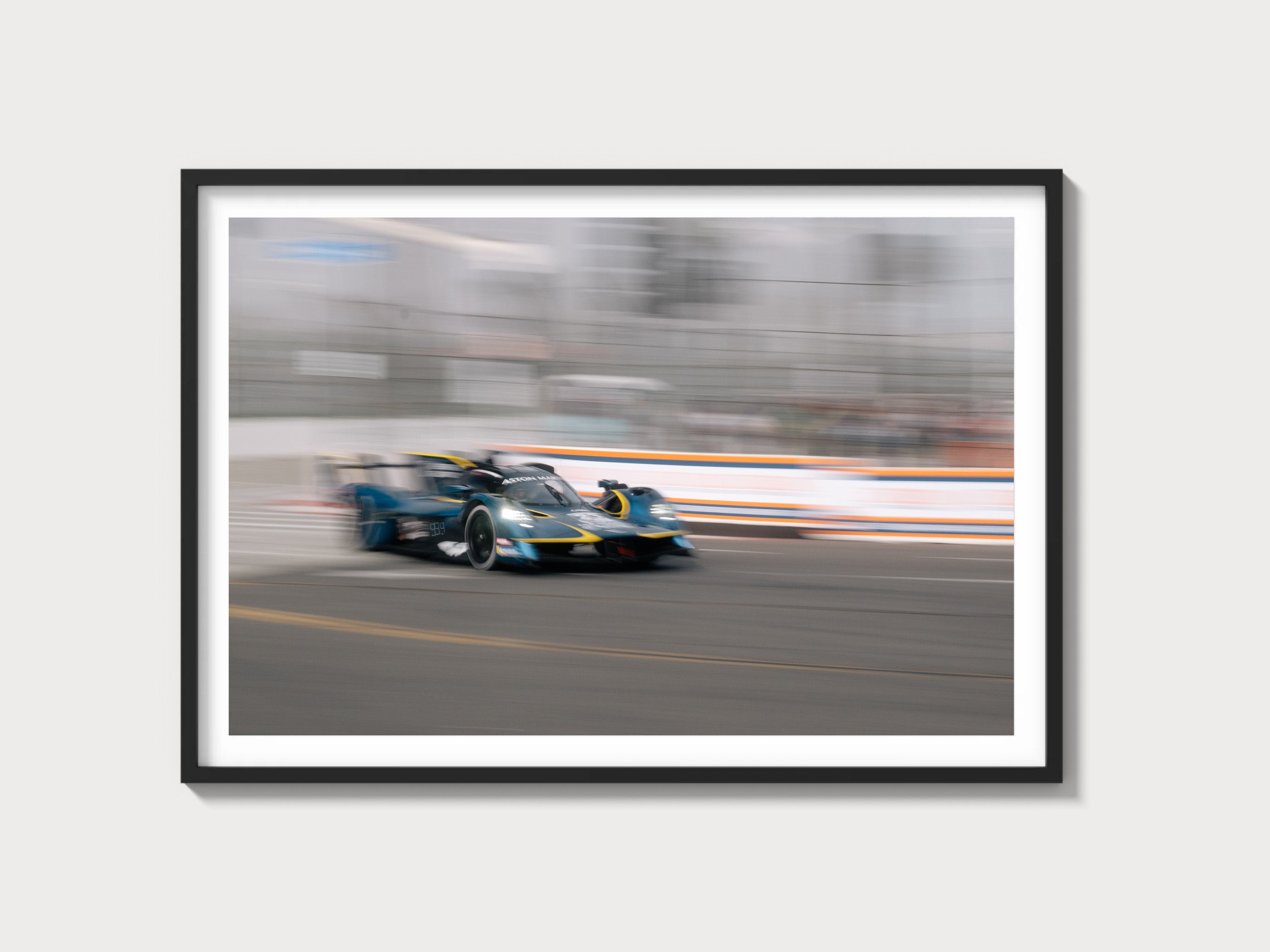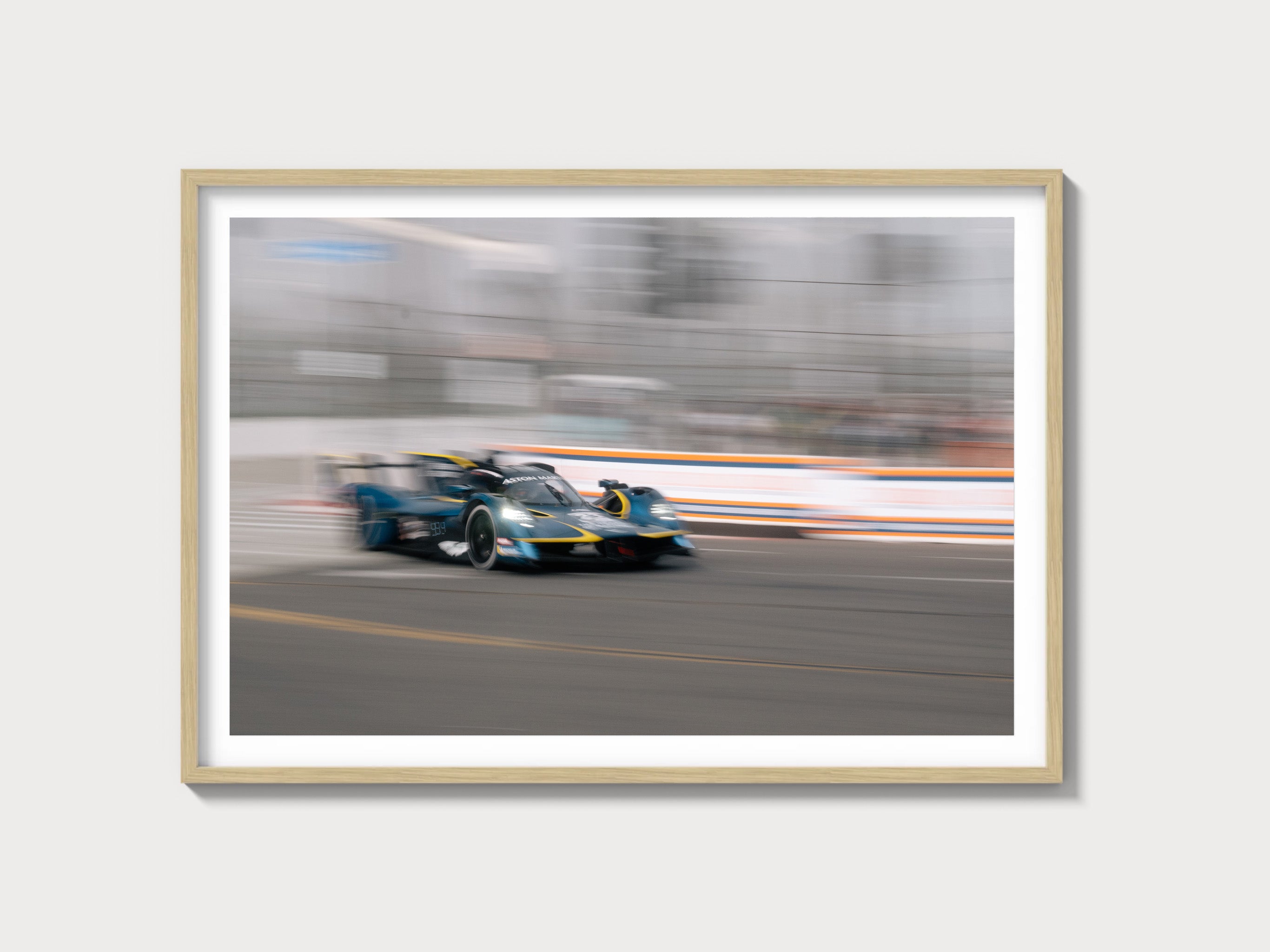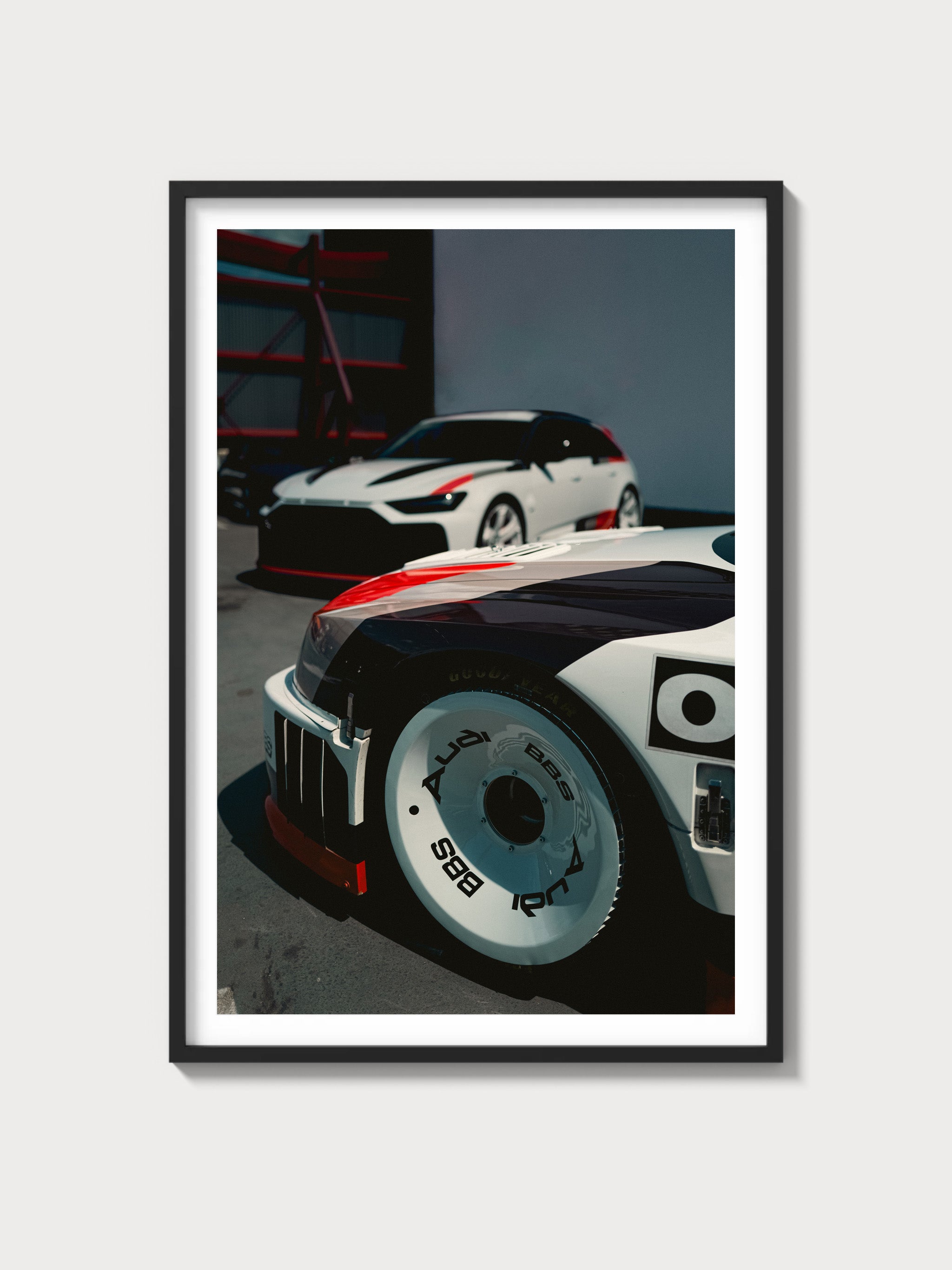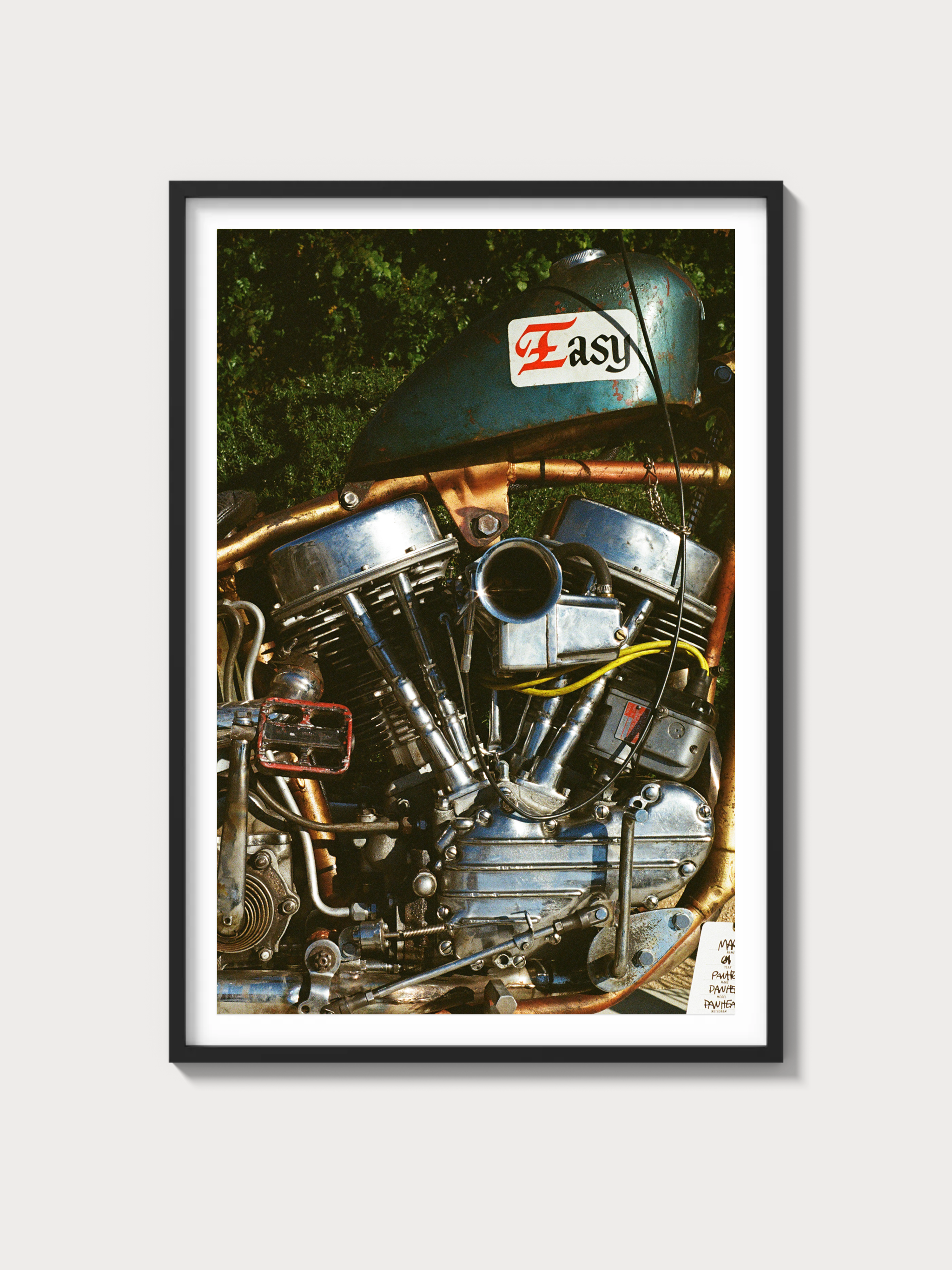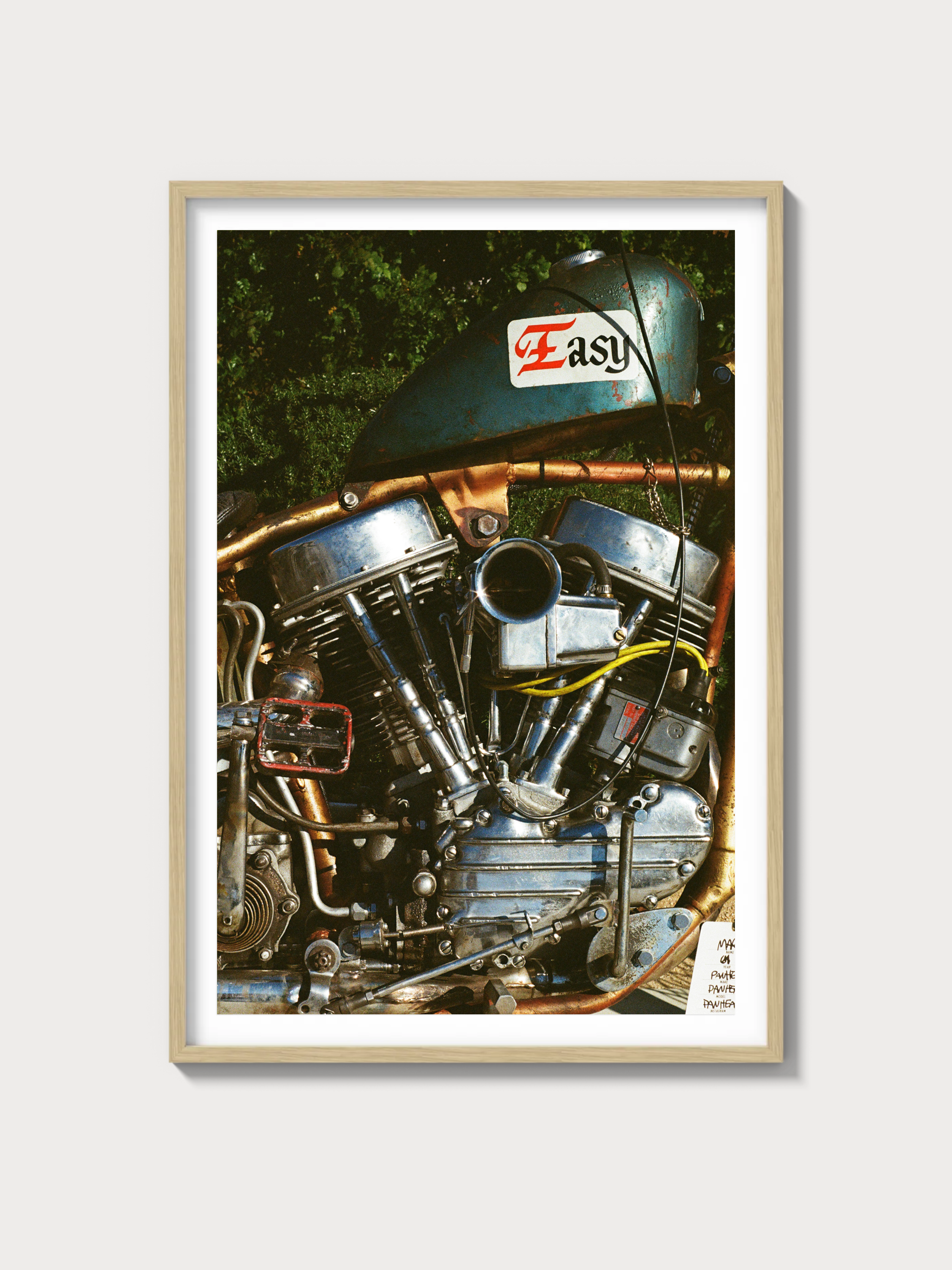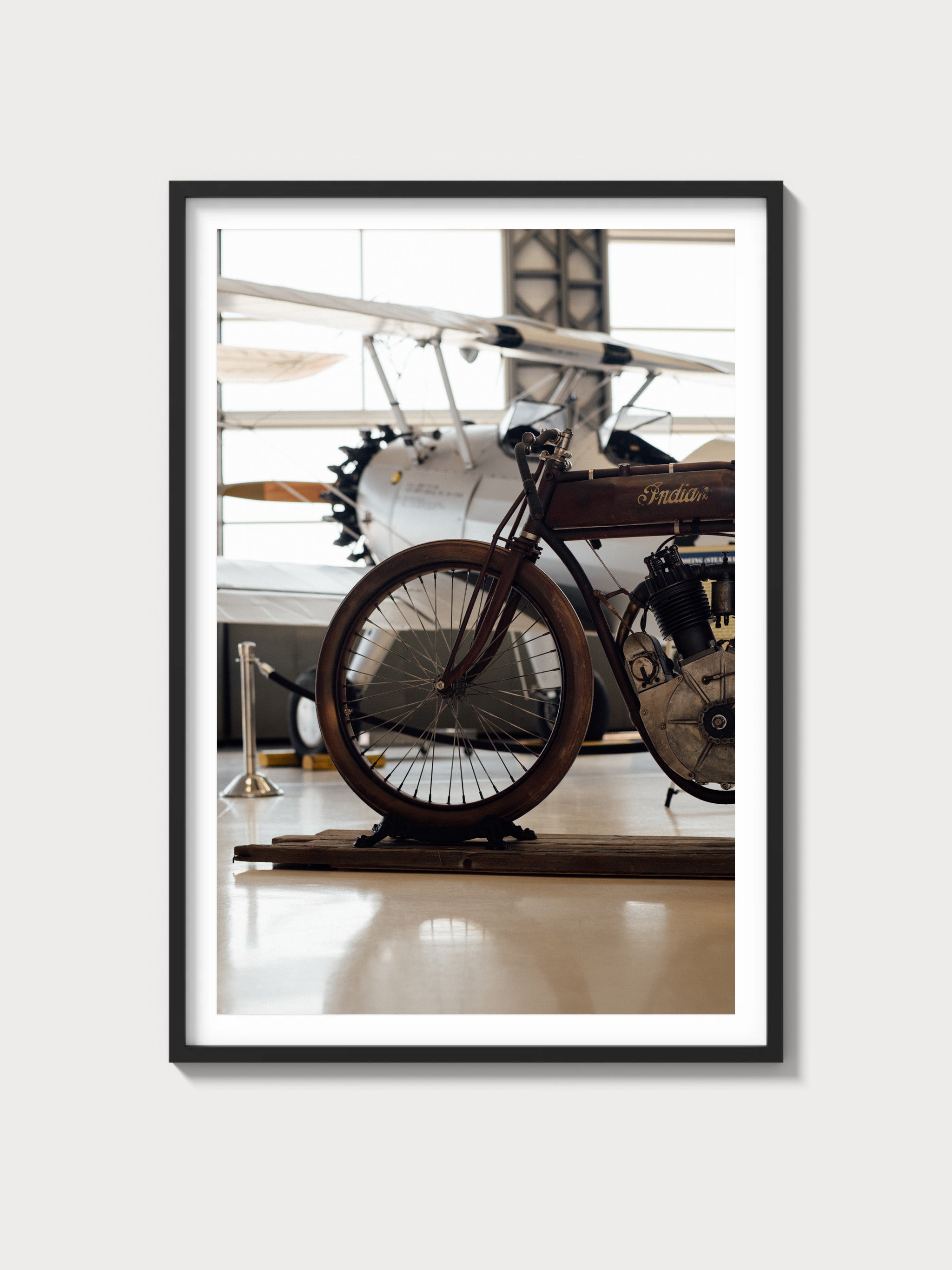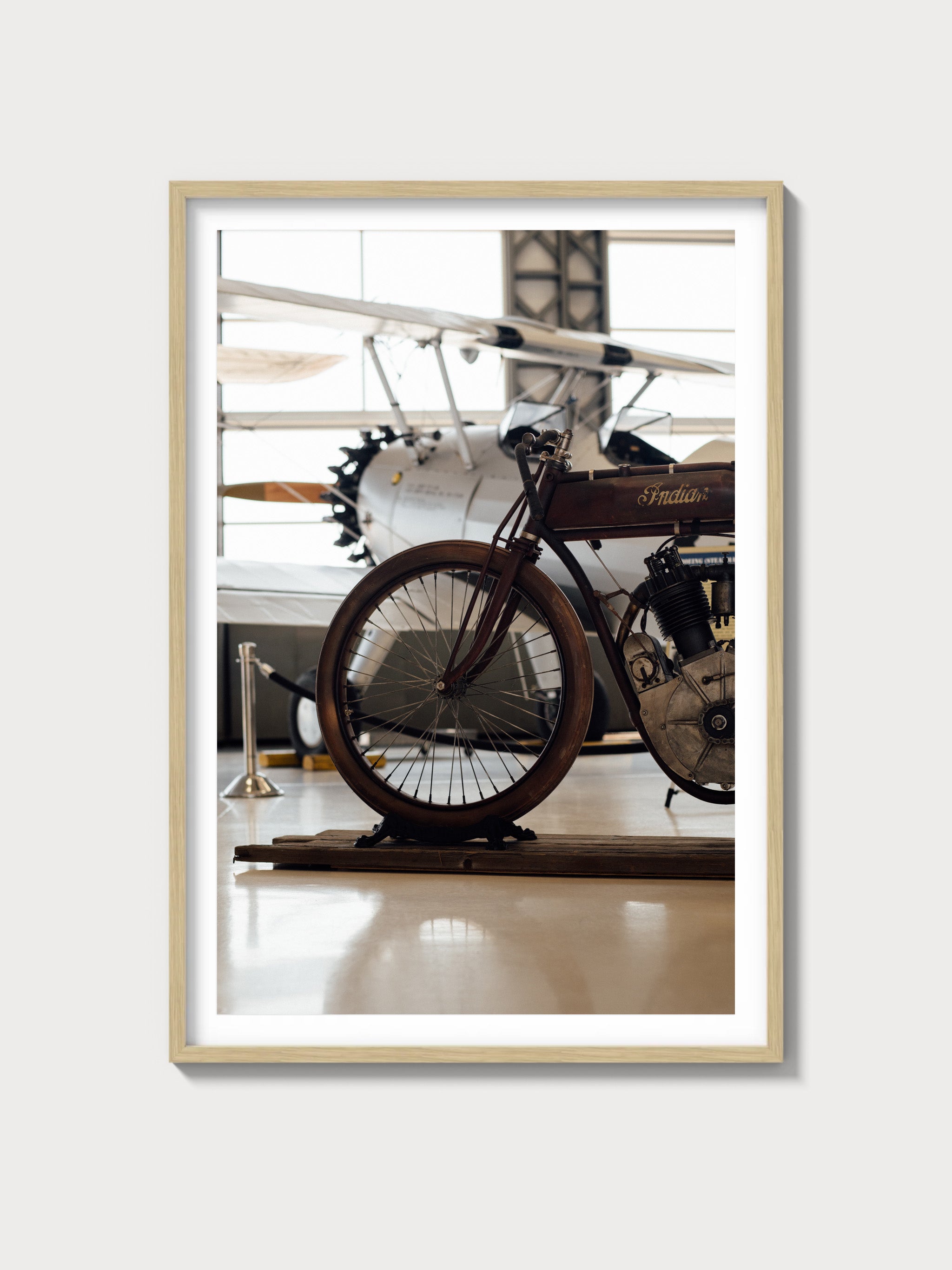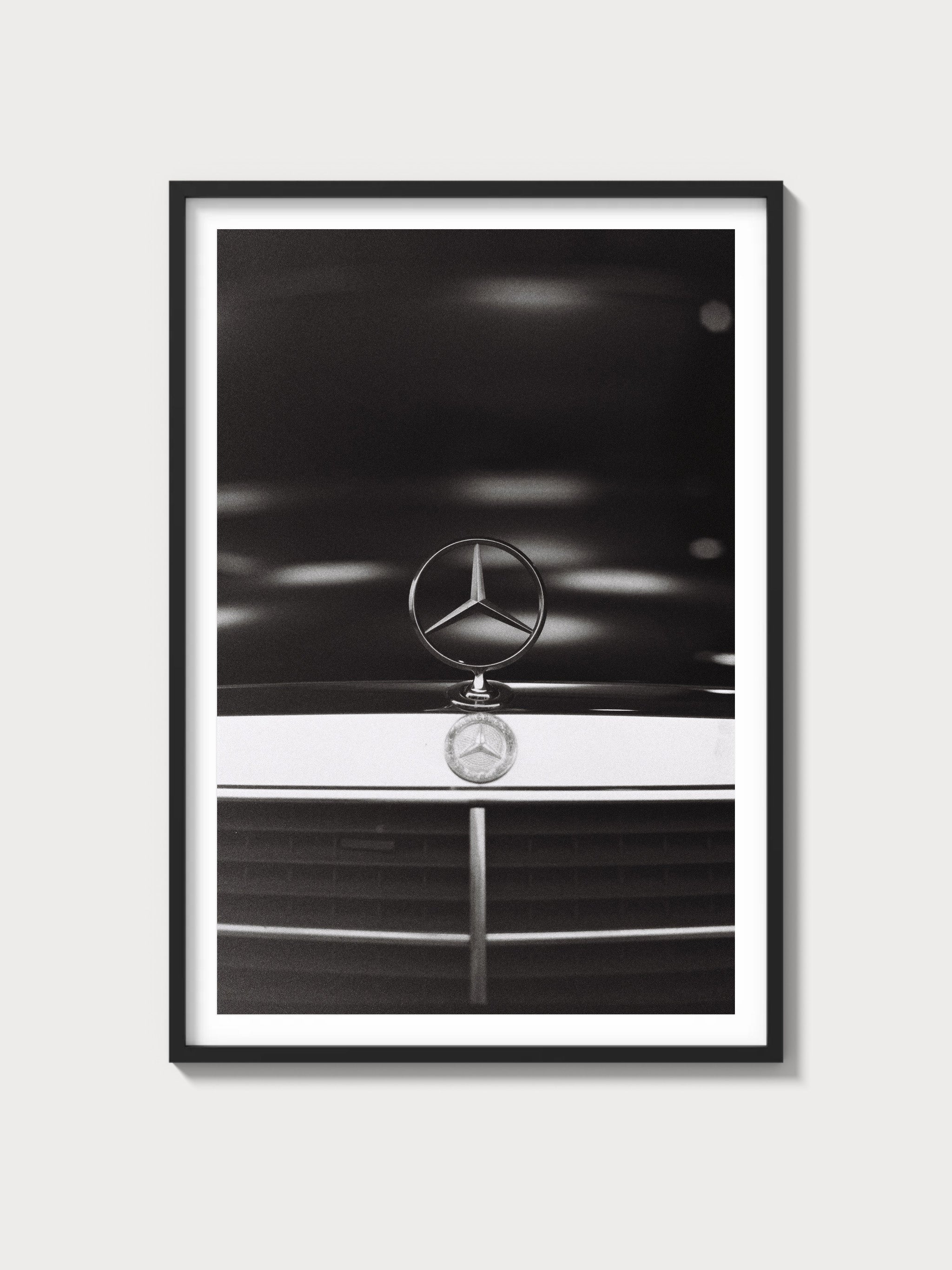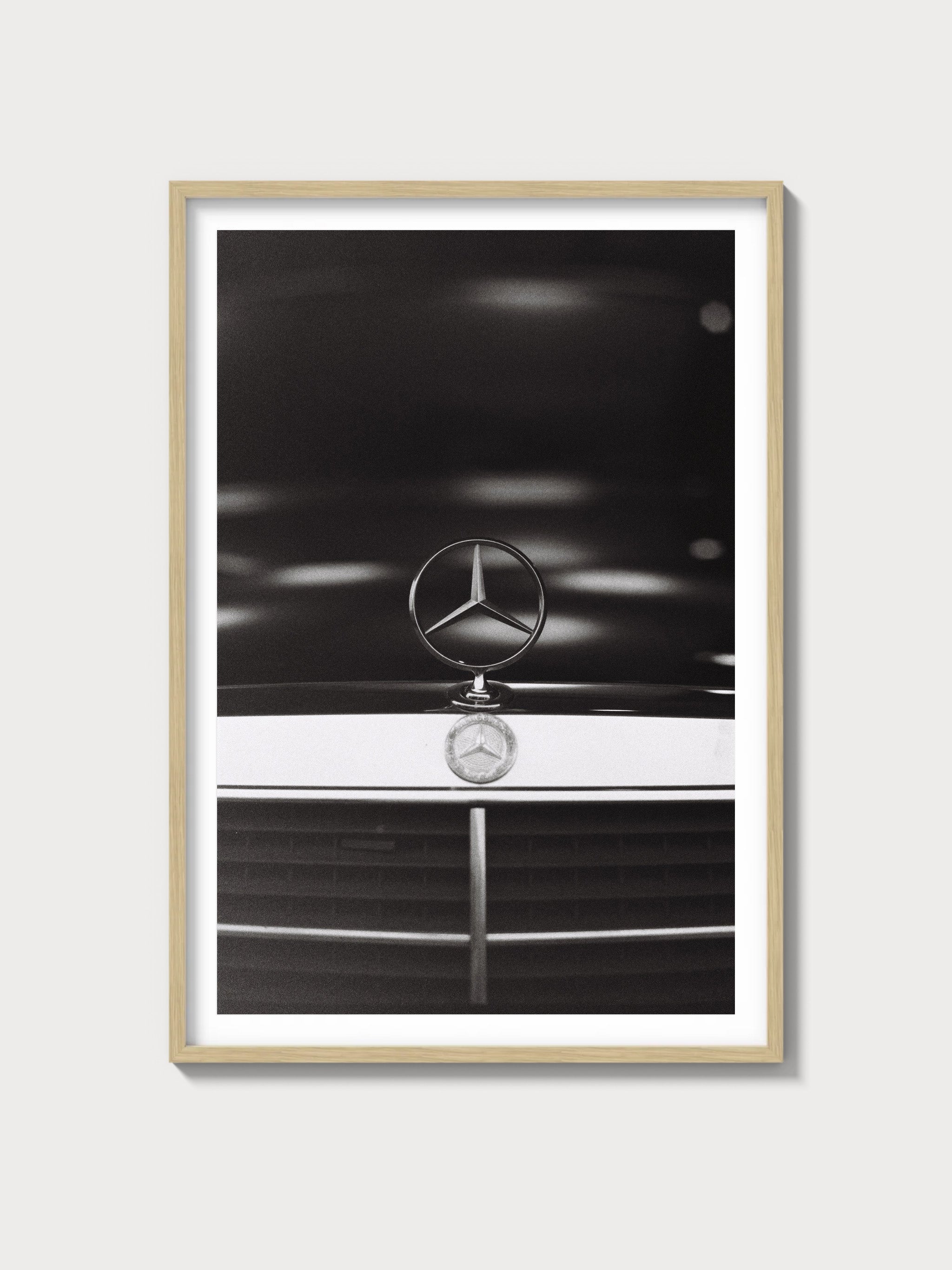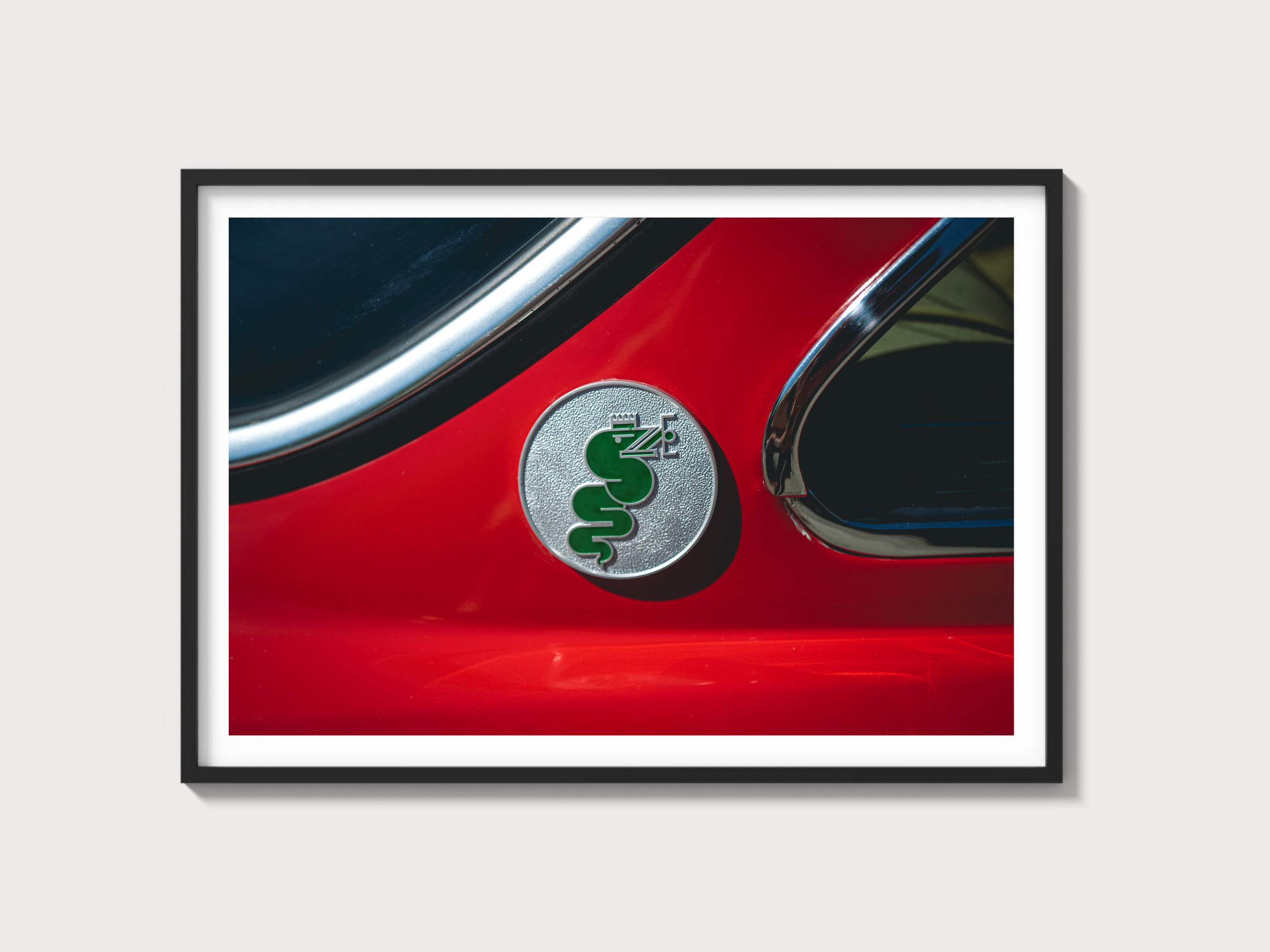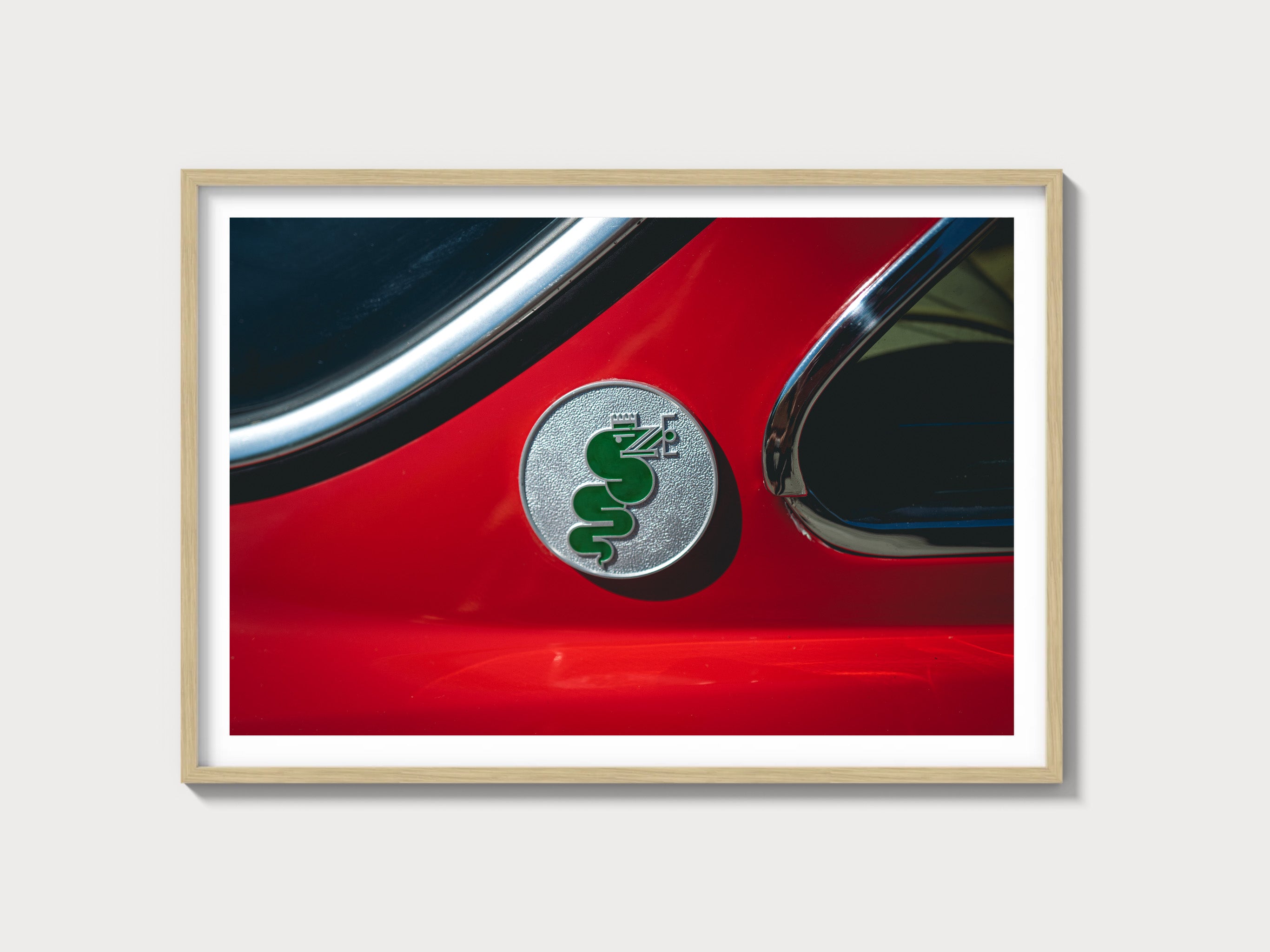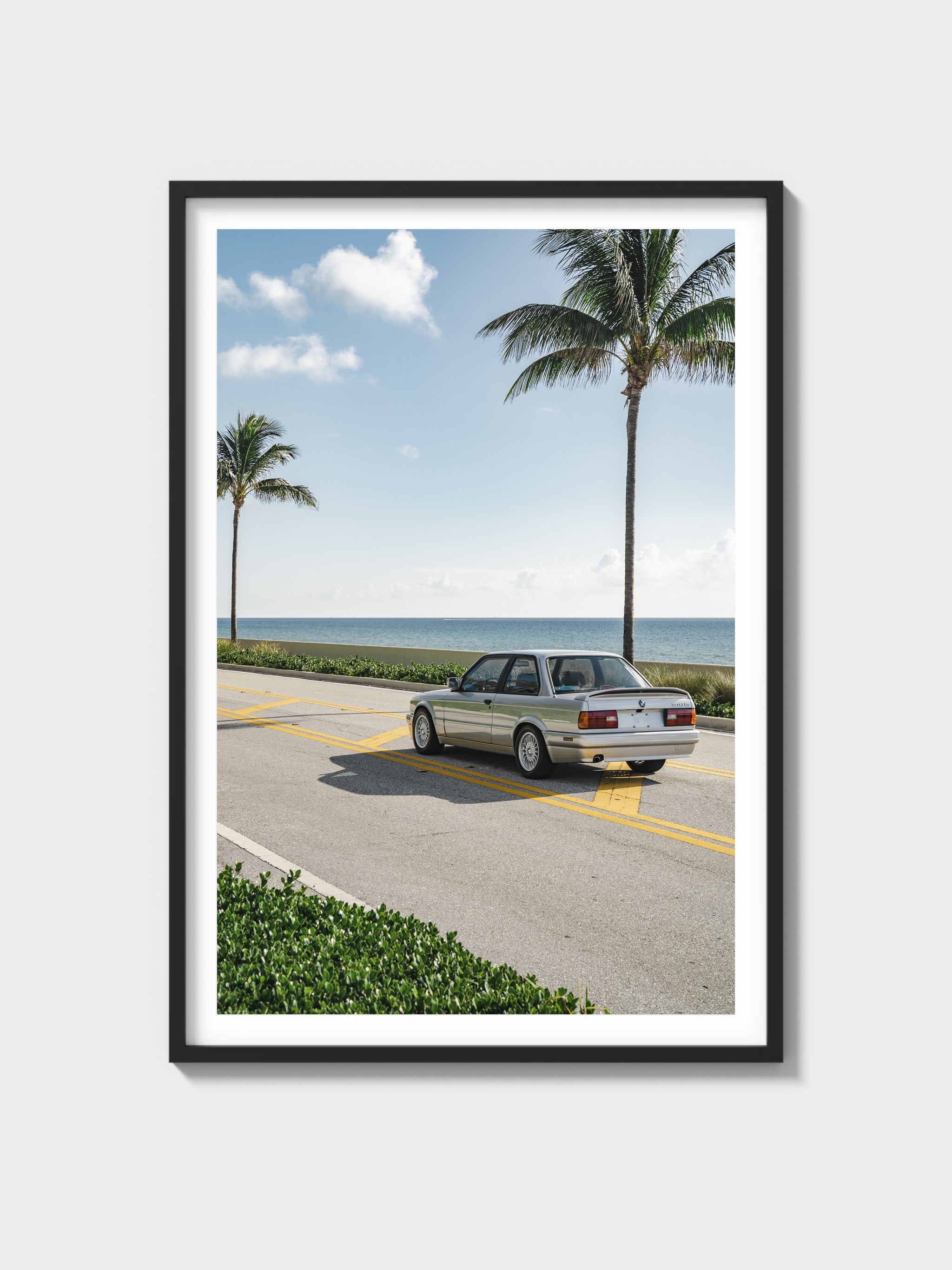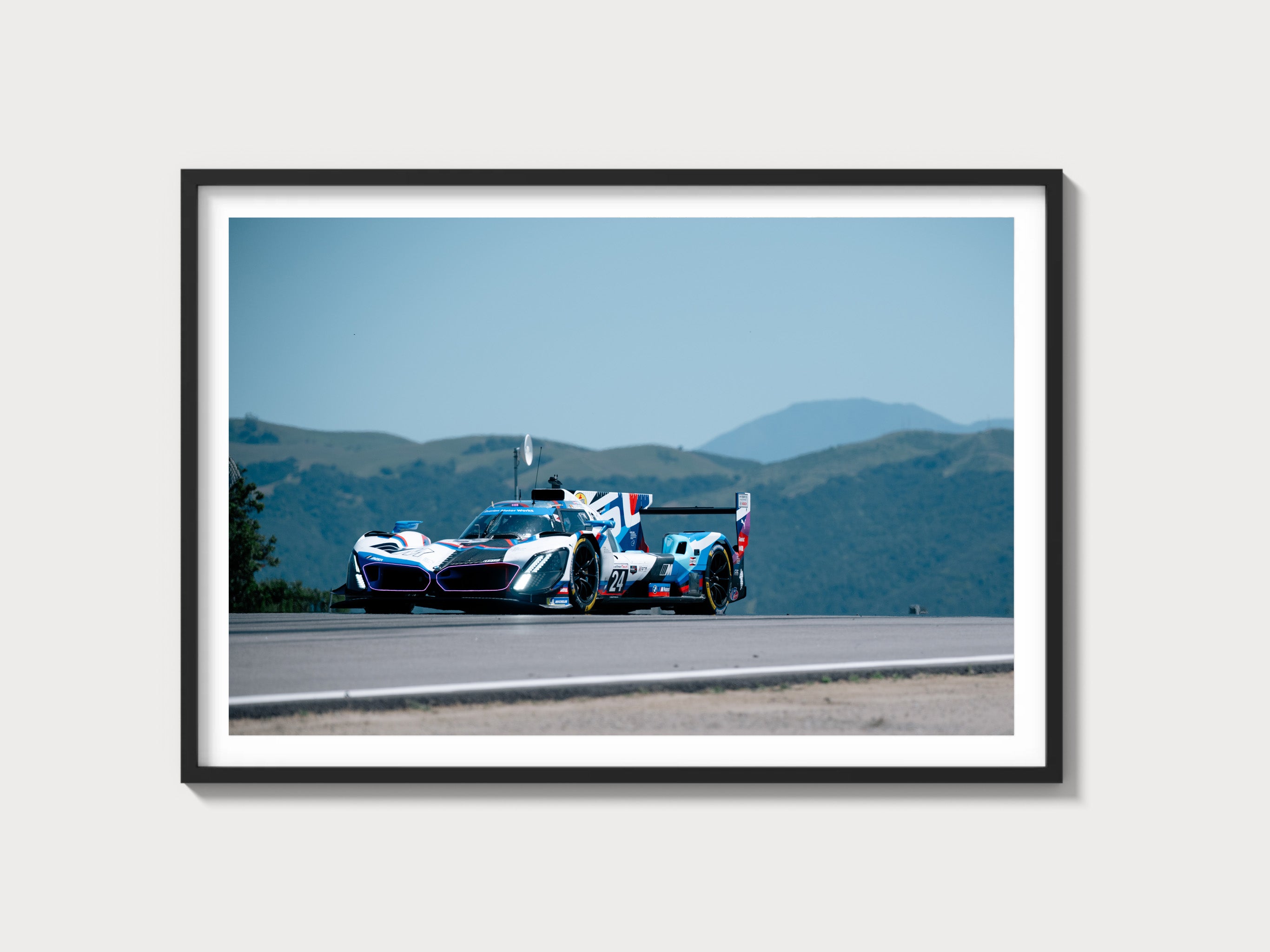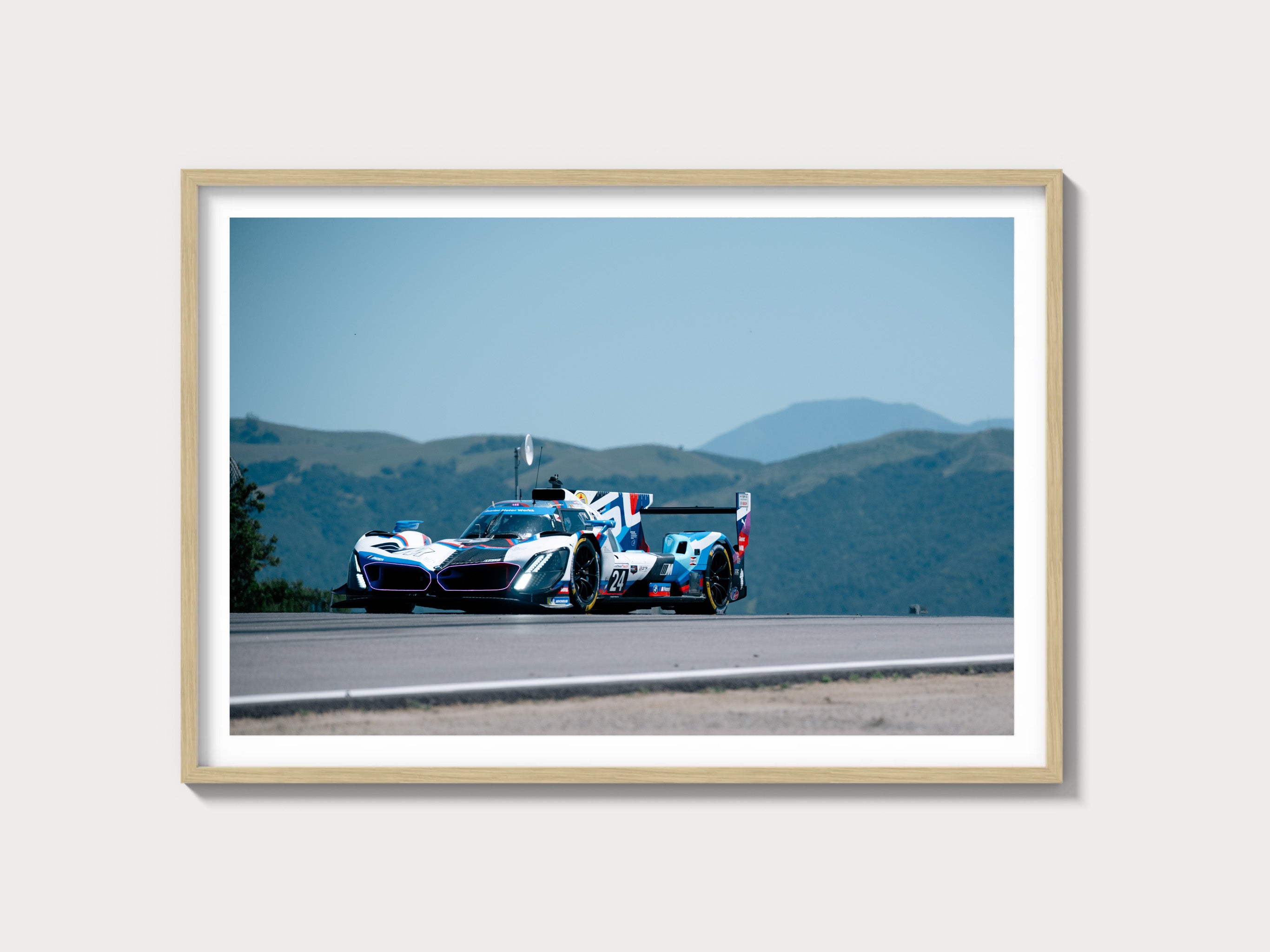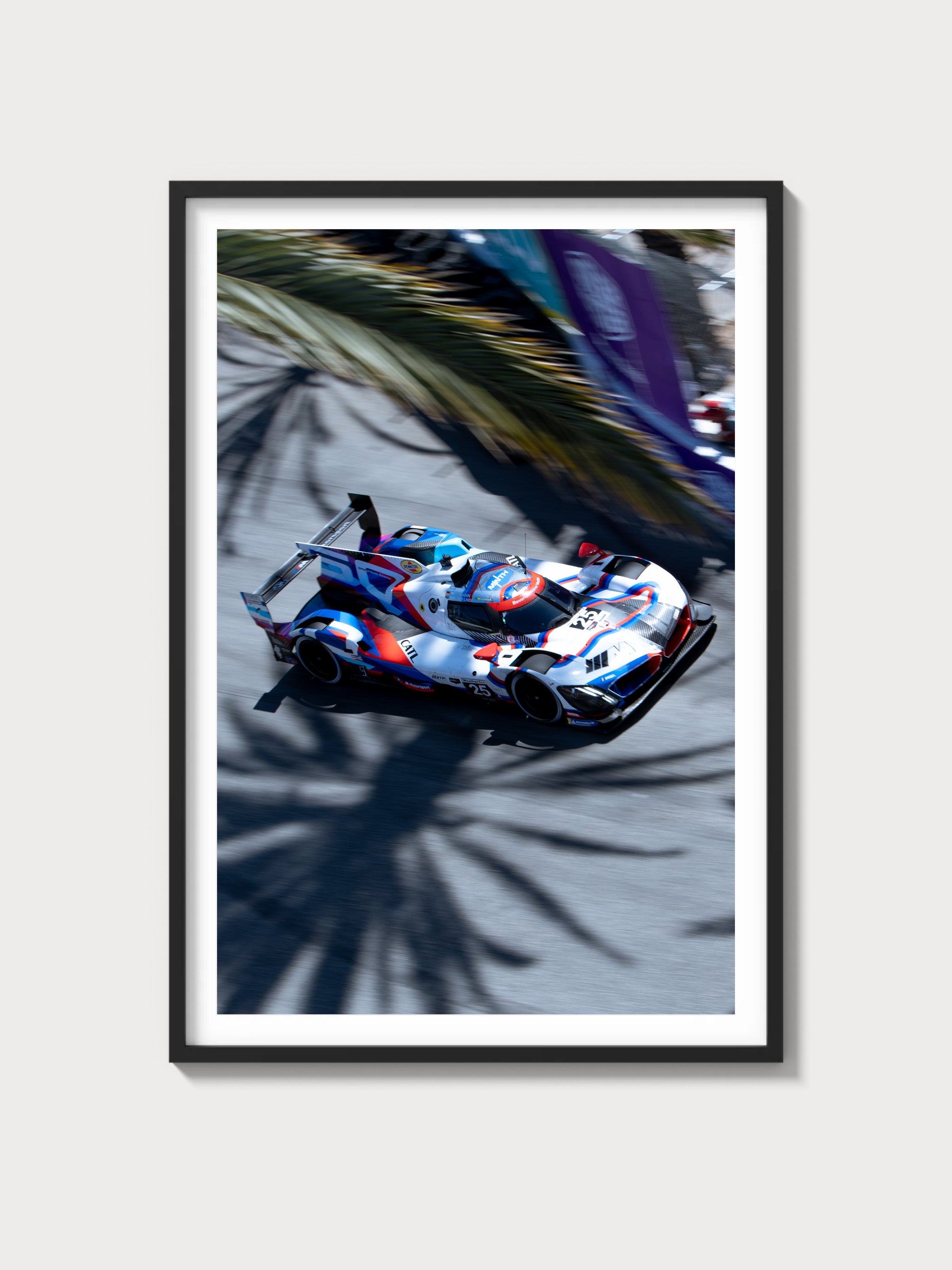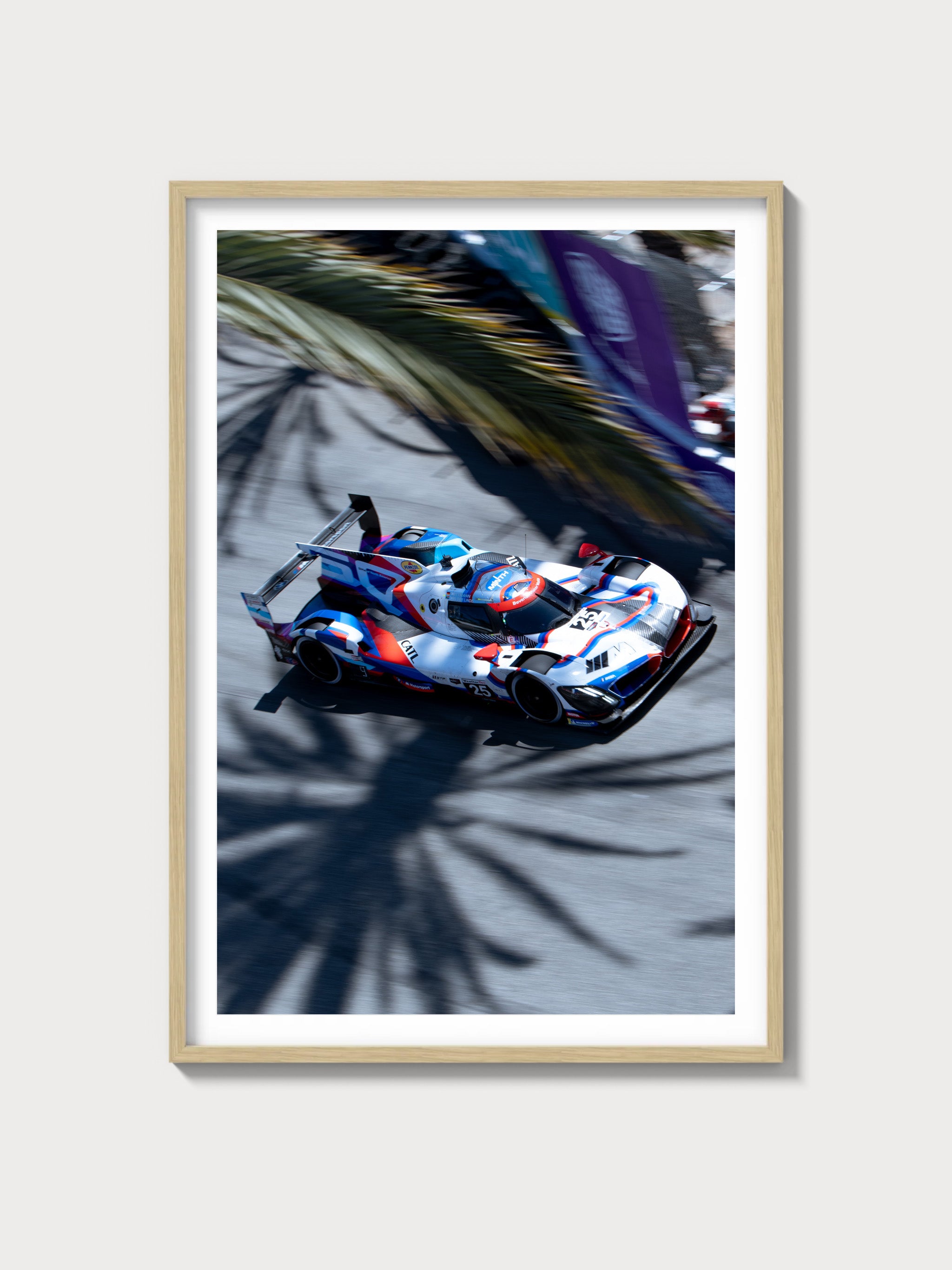2014–2019 Chevrolet Corvette C7 Base Overview
Historical Context and Development
When the seventh generation Chevrolet Corvette, known as the C7, debuted in 2014, it marked a pivotal moment in the evolution of America's beloved sports car. The C7 was developed under the leadership of Tadge Juechter, with a strong focus on aerodynamics, lightweight materials, and advanced technology. It was the first Corvette to incorporate a rear-mounted transaxle for improved weight distribution, a feature inspired by European exotics. In motorsport, the C7.R raced in prestigious events like the 24 Hours of Le Mans, showcasing the Corvette's prowess on a global stage.
Design-wise, the C7 Corvette was a departure from its predecessor, the C6, with a more aggressive stance, sharper lines, and a redesigned interior that elevated the driver experience. Competitively, the C7 faced rivals like the Porsche 911 and the Ford Mustang Shelby GT350, yet it remained a standout with its blend of performance and value.
Engine and Technical Specifications
| Specification | Detail |
|---|---|
| Engine Configuration | V8 |
| Displacement | 6.2 L |
| Horsepower | 455 hp |
| Induction Type | Naturally Aspirated |
| Redline | 6,600 RPM |
| Fuel System | Direct Injection |
| Compression | 11.5:1 |
| Bore x Stroke | 4.06 in x 3.62 in |
Driving Experience and Handling Dynamics
The C7 Corvette is revered for its precise handling and robust performance. The incorporation of a fully independent suspension system, along with Magnetic Ride Control, provided a balance of comfort and agility. Drivers often praised the car's direct road feel, attributed to its perfect 50/50 weight distribution and sharp steering response. The standard 7-speed manual transmission offered an engaging driving experience, while the optional 8-speed automatic provided seamless shifts for those preferring convenience.
Full Performance Specifications
| Performance Metric | Value |
|---|---|
| 0-60 mph | 3.8 seconds |
| Top Speed | 180 mph |
| Quarter Mile | 12.0 seconds |
| Weight | 3,298 lbs |
| Layout | FR (Front-engine, Rear-wheel-drive) |
| Brakes | Brembo Brakes |
| Suspension | Magnetic Selective Ride Control |
| Gearbox Type | 7-speed Manual / 8-speed Automatic |
Variant Breakdown
| Trim/Edition | Production Numbers | Major Differences |
|---|---|---|
| Base | Approx. 100,000 | Standard features, multiple color options |
| Z51 Performance Package | Limited | Enhanced cooling, upgraded brakes, performance suspension |
| Grand Sport | Approx. 25,000 | Widebody styling, track-focused enhancements |
Ownership Notes
Owning a C7 Corvette Base model is generally a rewarding experience, with maintenance intervals typically every 7,500 miles for oil changes and regular service checks. Parts availability is strong, thanks to Chevrolet's robust supply chain. Restoration is relatively straightforward, though attention should be paid to the advanced electronics and carbon-fiber components that require specialized knowledge.
Cultural Relevance
The C7 Corvette has made numerous appearances in media, from being a staple in automotive magazines to starring in films like "Transformers: Age of Extinction." Its desirability among collectors remains high, with auction prices reflecting its status as a modern classic. The car's racing legacy, particularly with the C7.R, has solidified its place in motorsport history, further enhancing its appeal.
FAQs
How reliable is the 2014-2019 Chevrolet Corvette Base? The C7 Corvette is generally considered reliable, with most issues being minor and related to electronics or cosmetic details.
Is the C7 Corvette a good investment? Given its performance credentials and cultural significance, the C7 Corvette holds its value well, making it a worthy consideration for collectors.
What are common problems with the C7 Corvette? Owners have noted occasional issues with the infotainment system and some minor fit and finish concerns, but overall, the car is robust and well-engineered.

